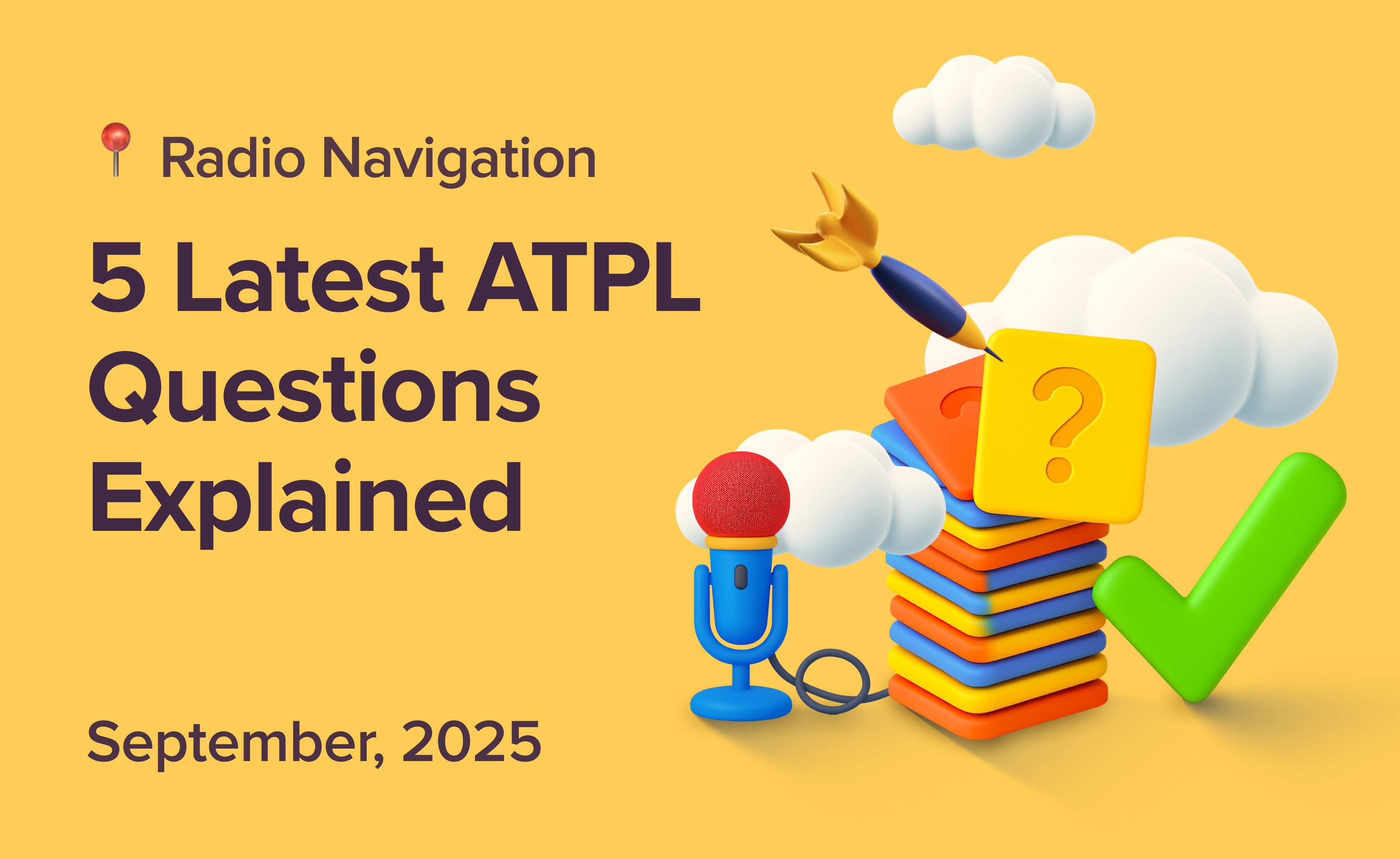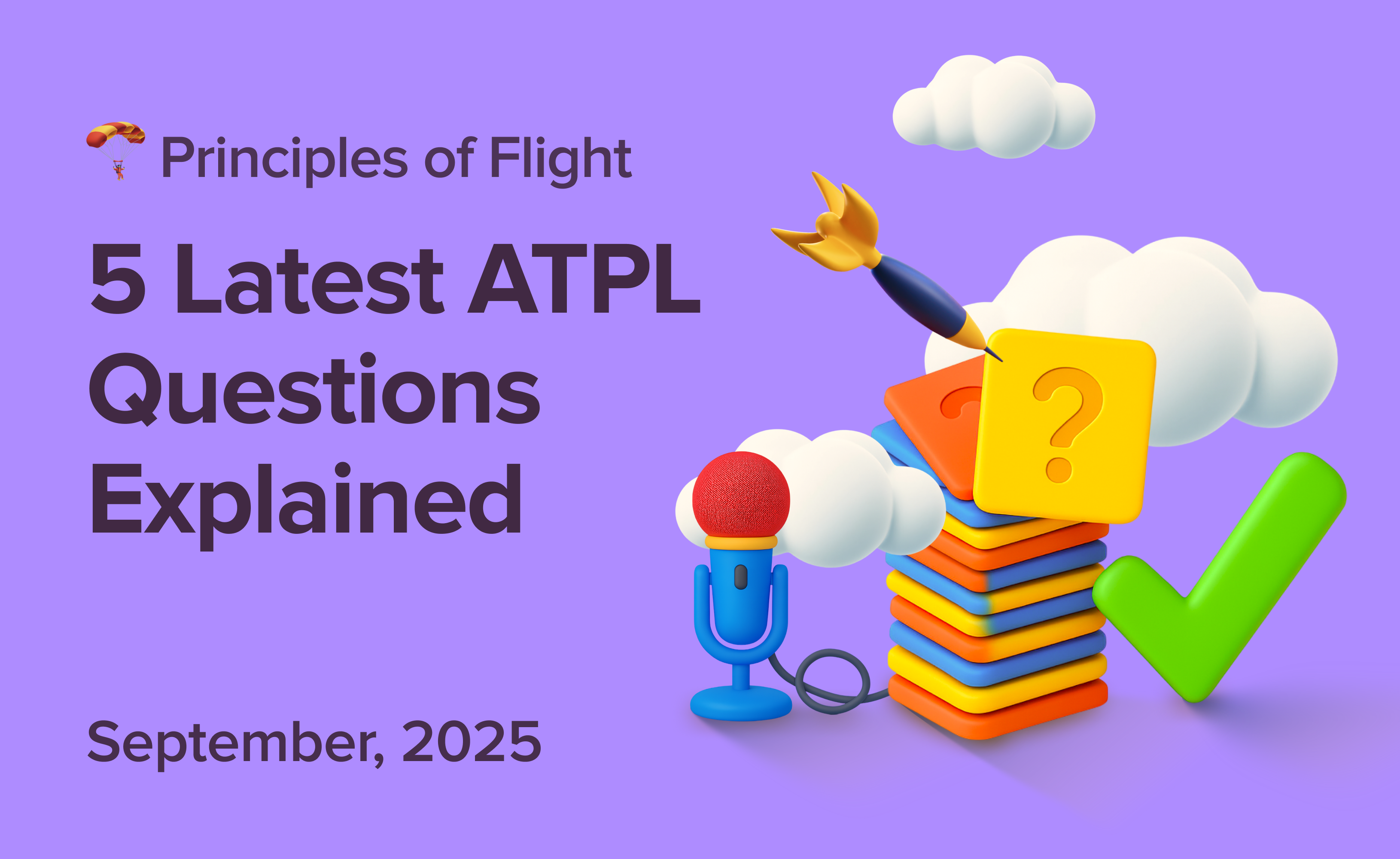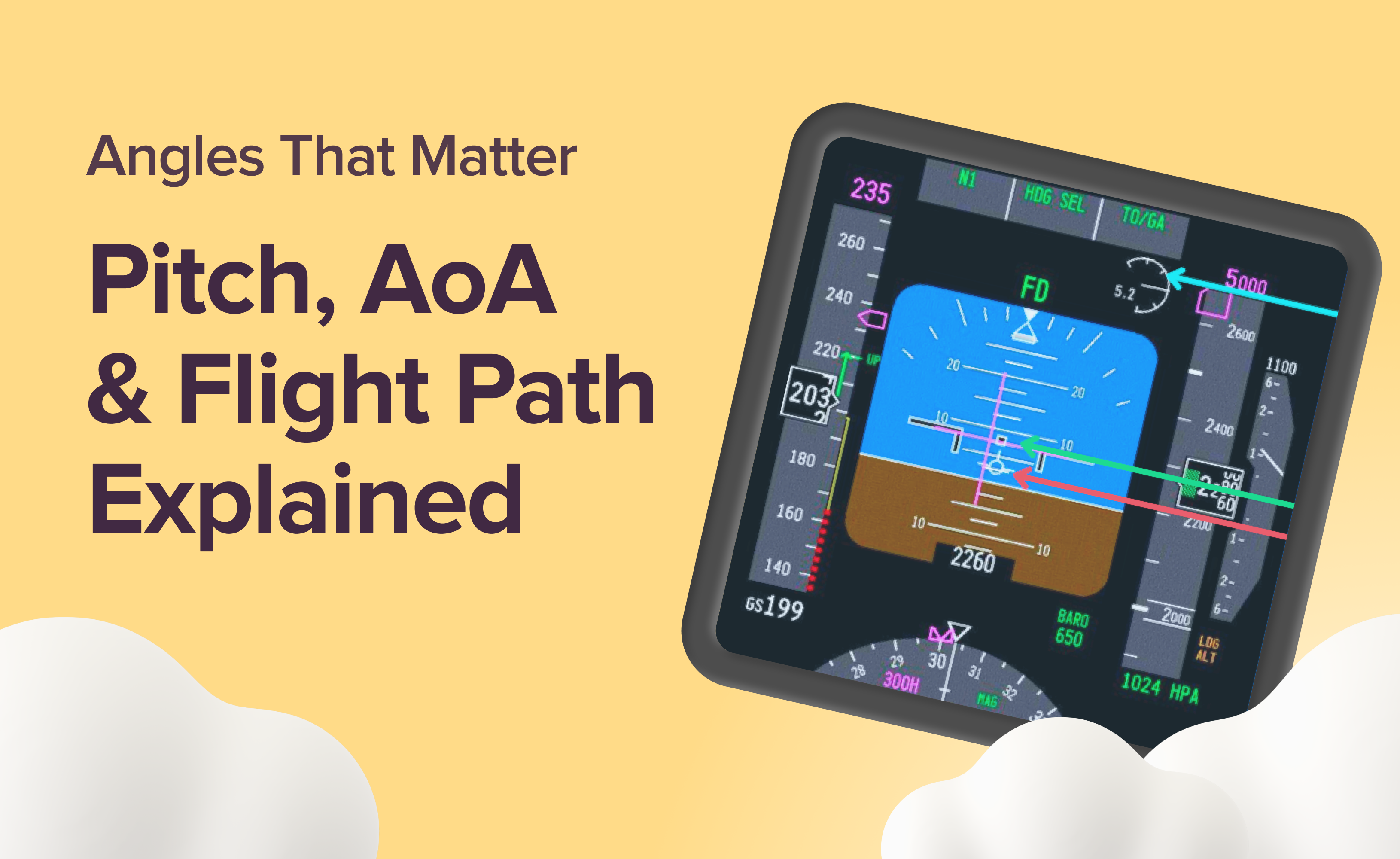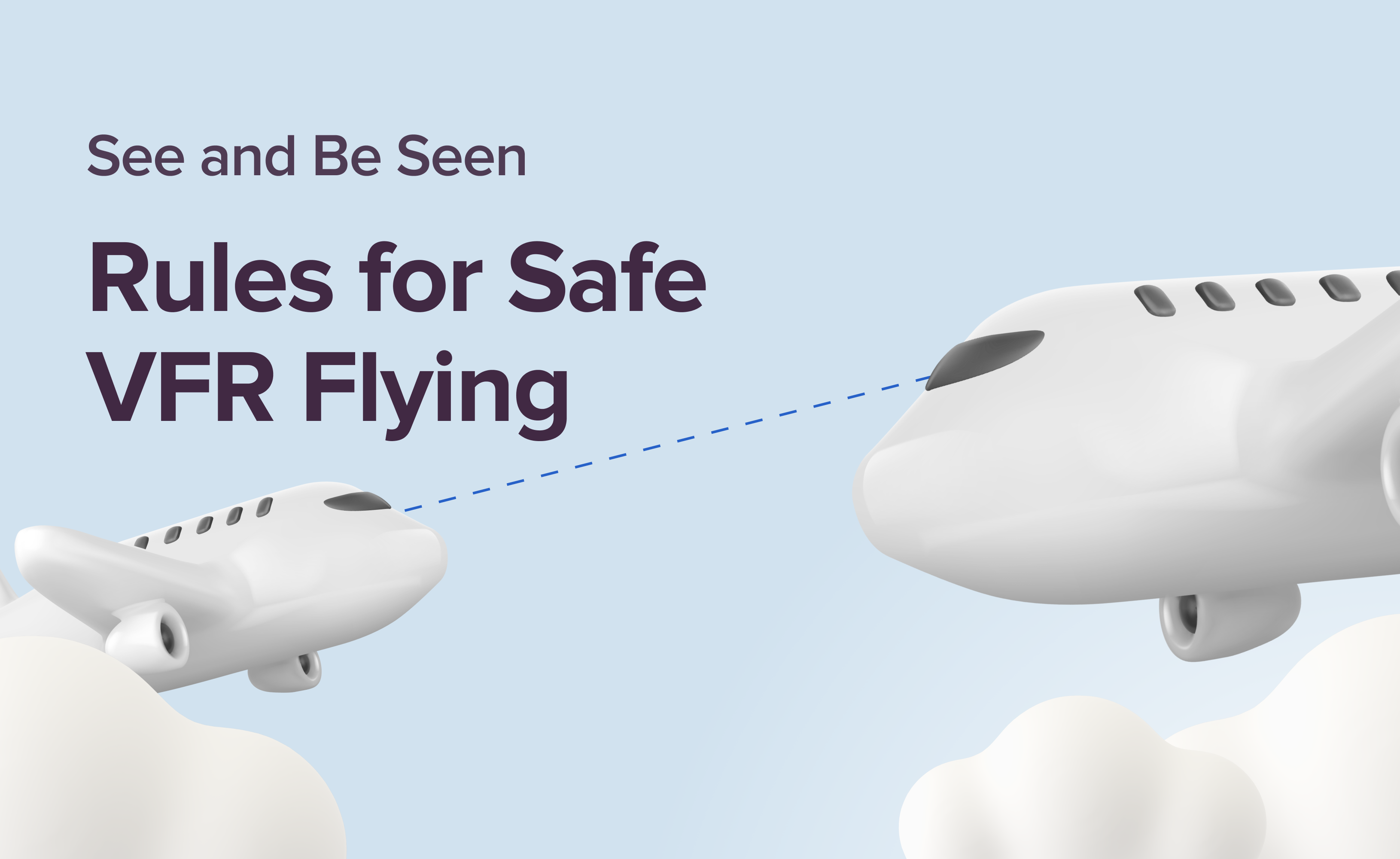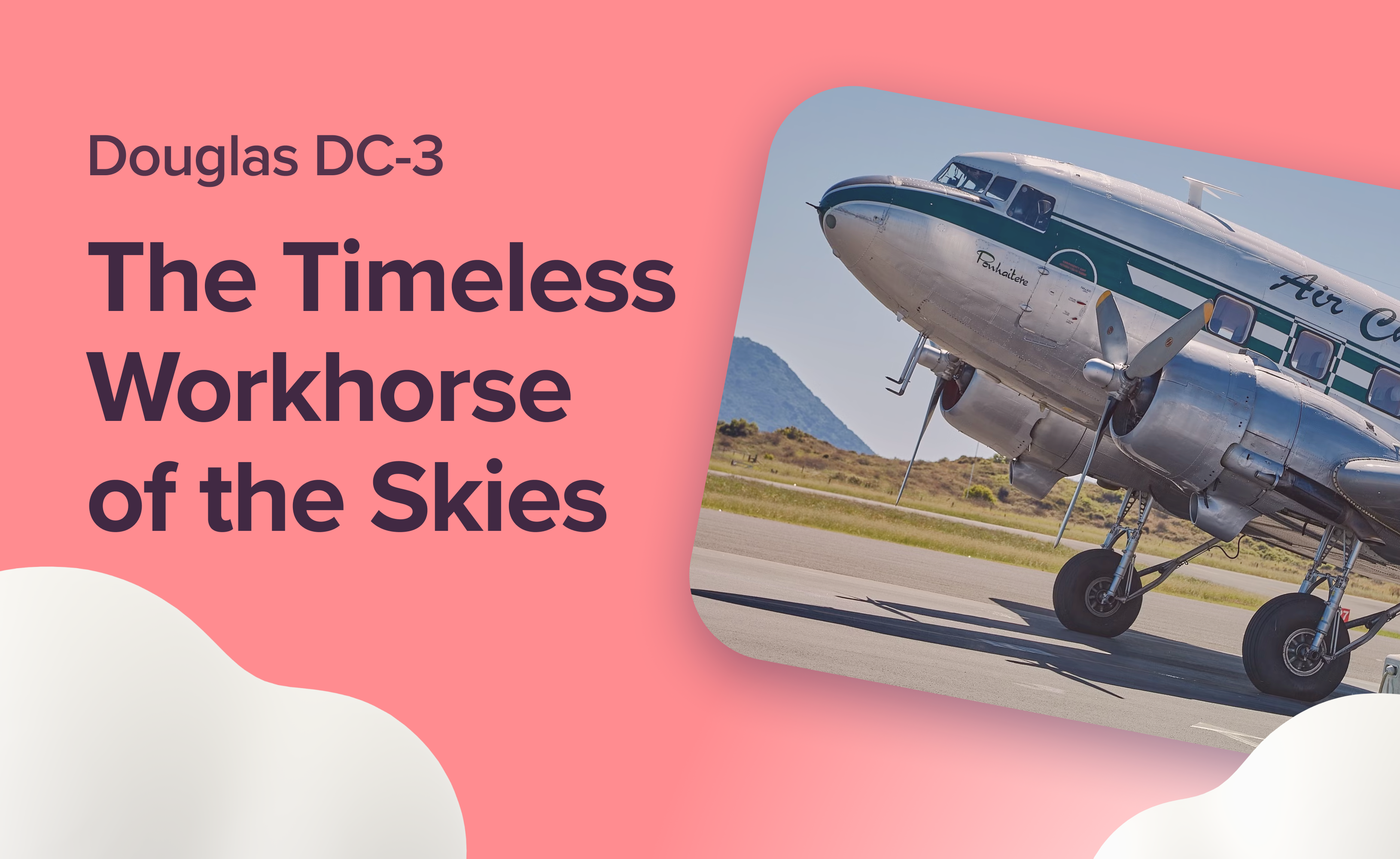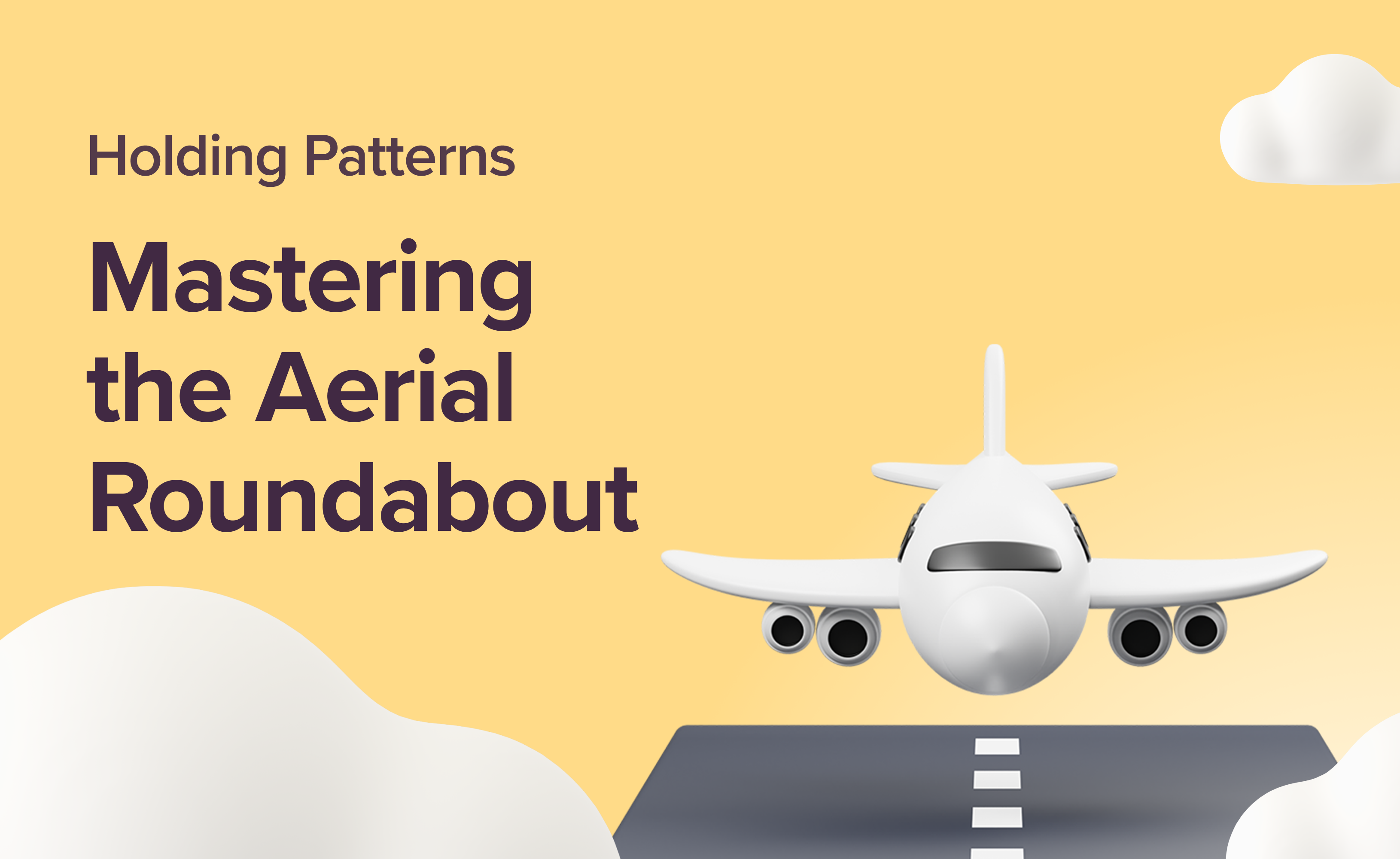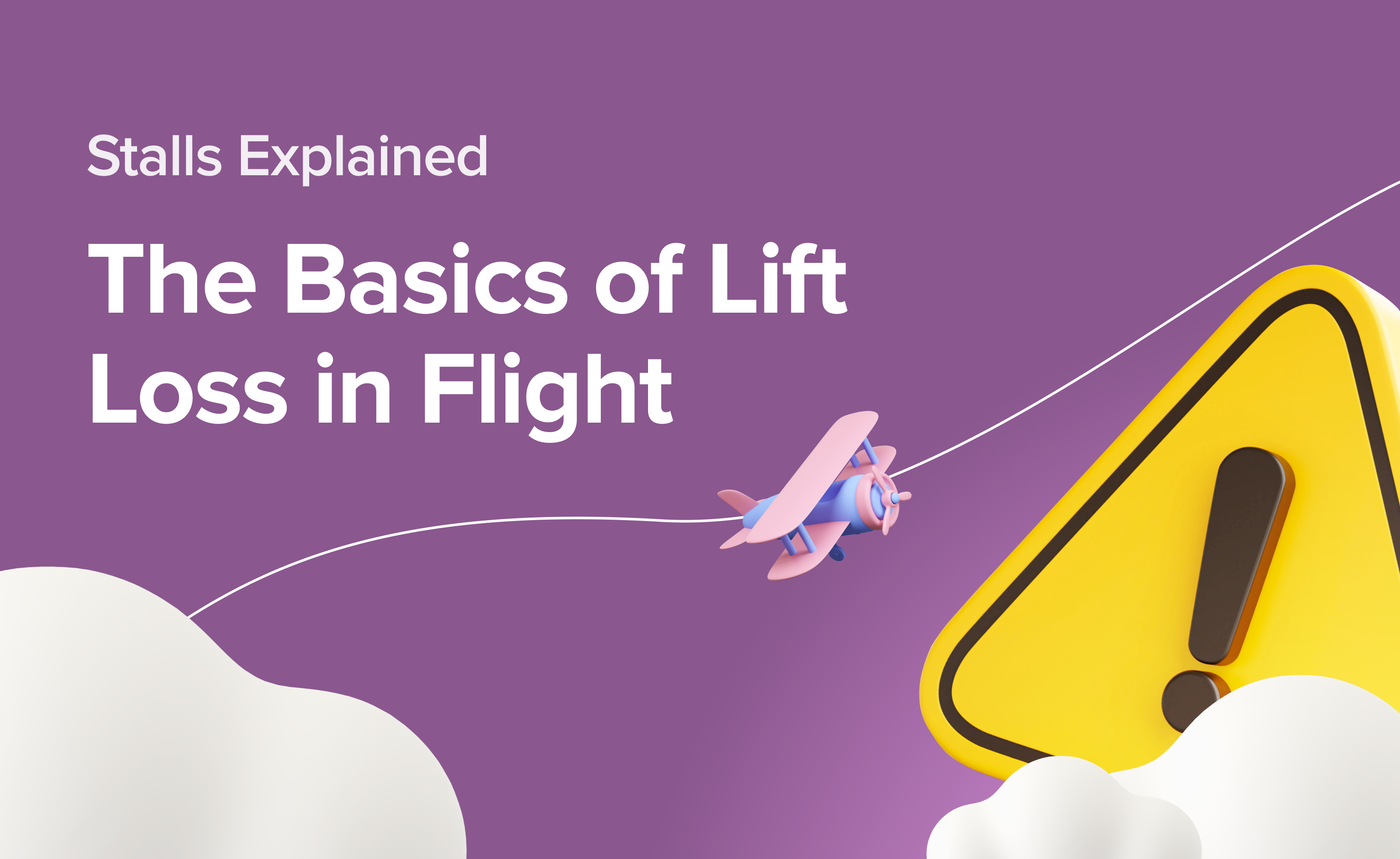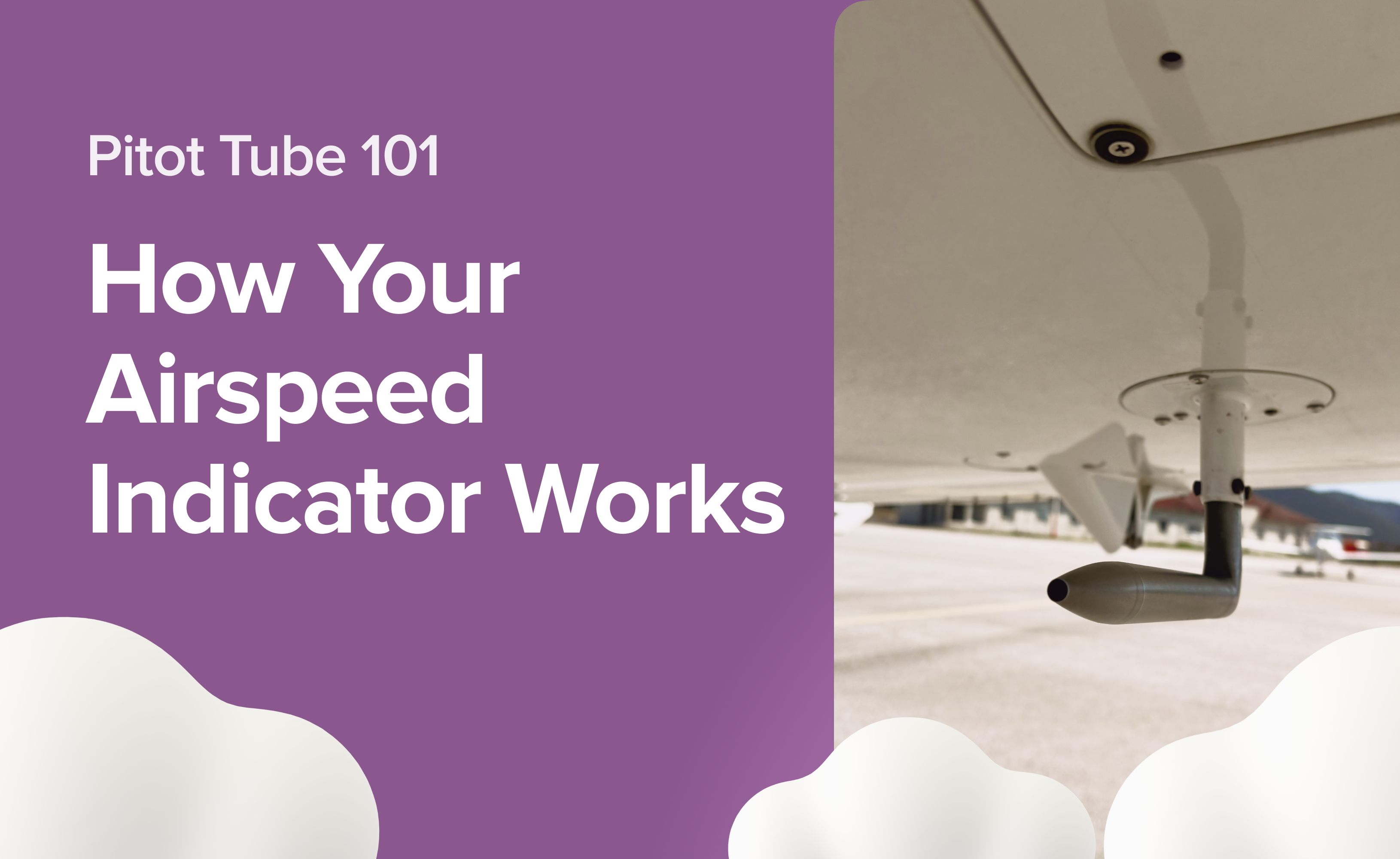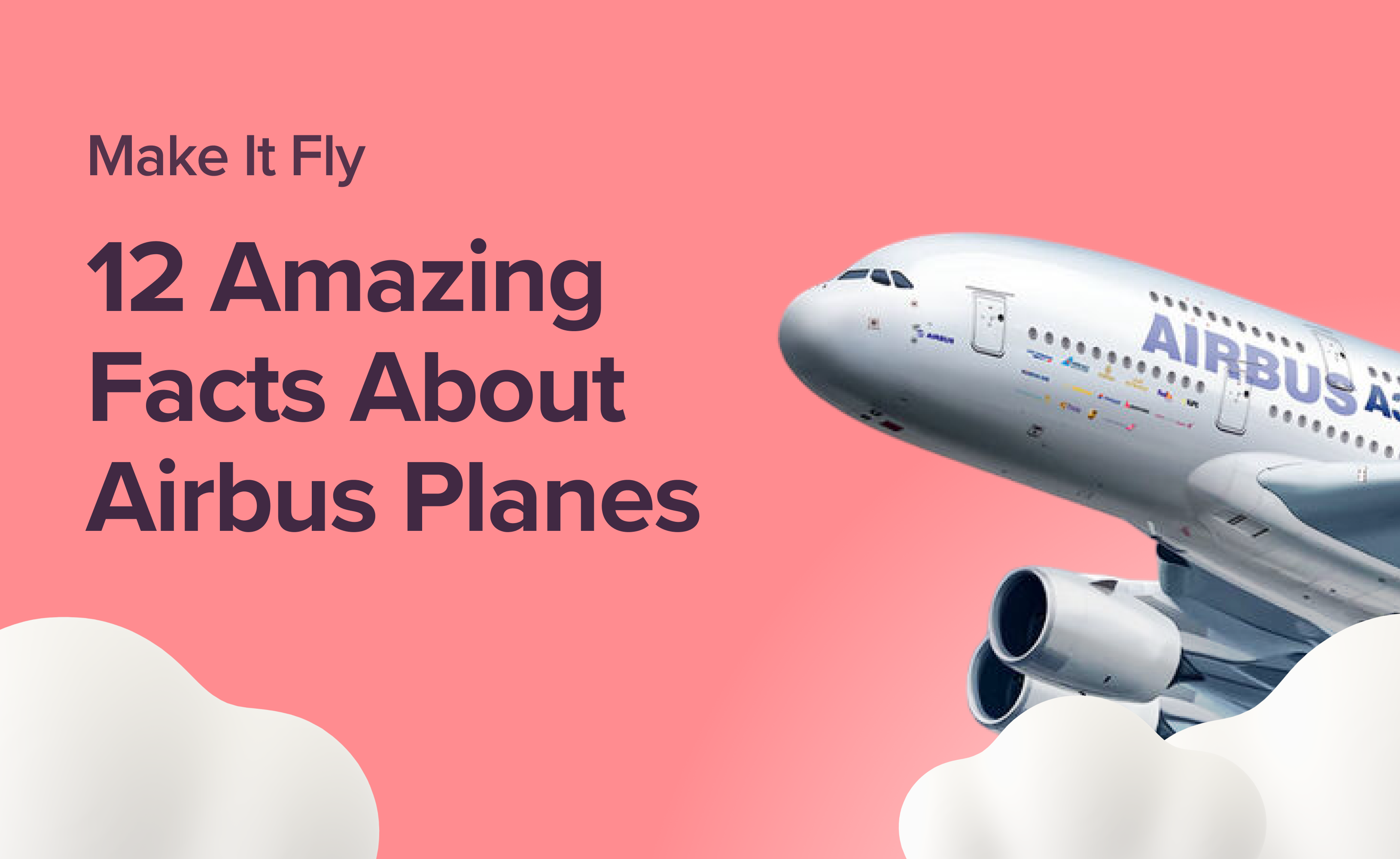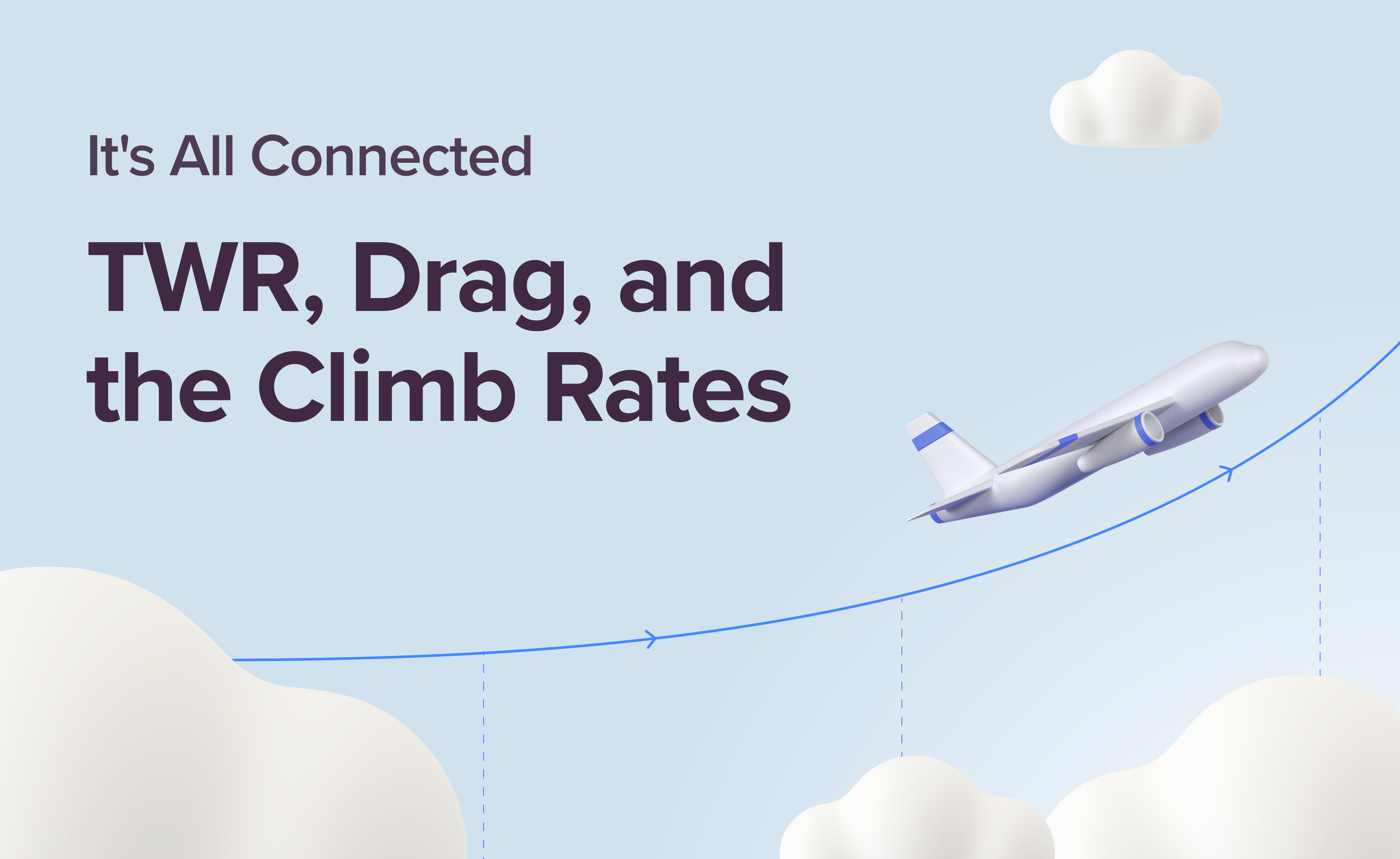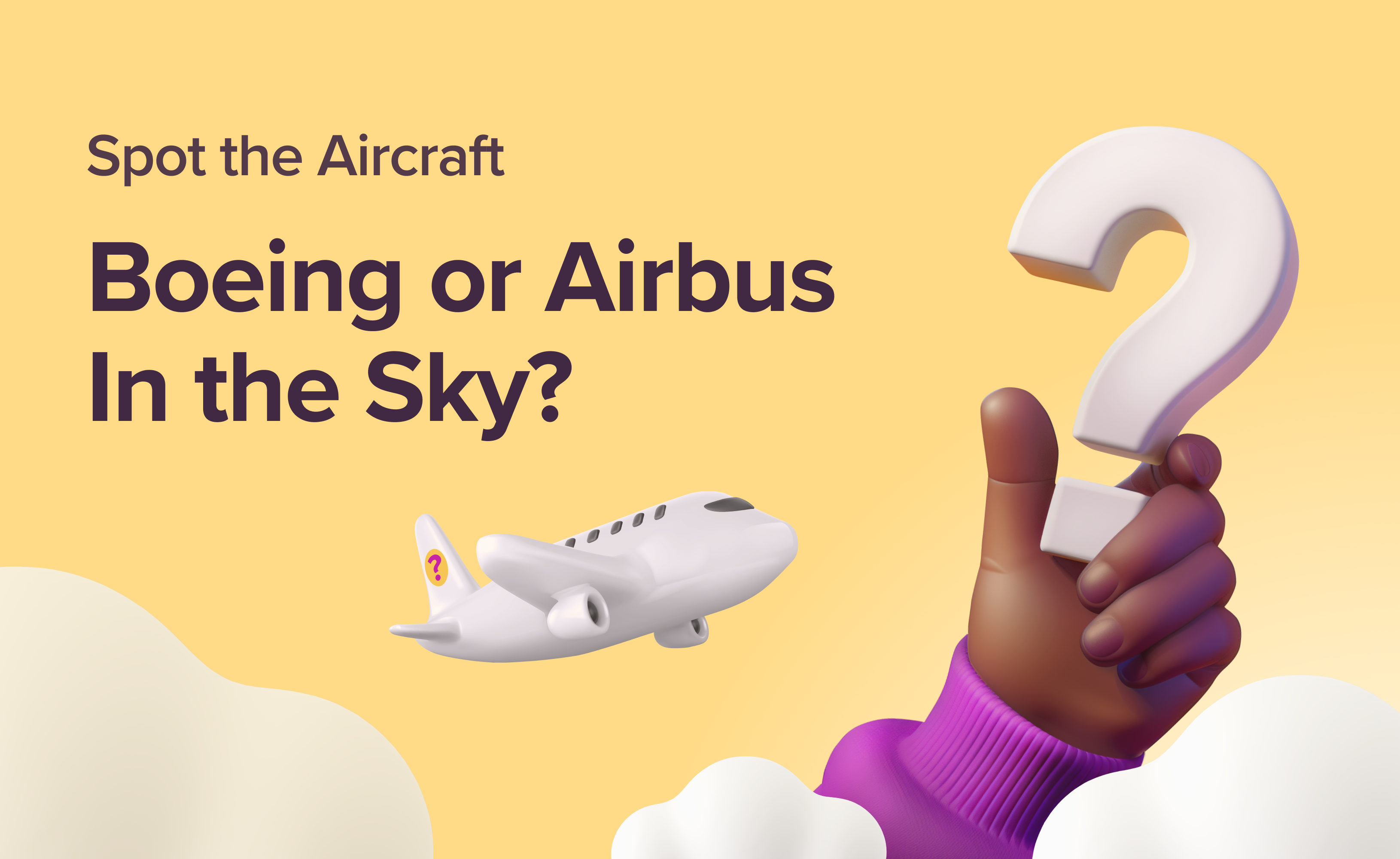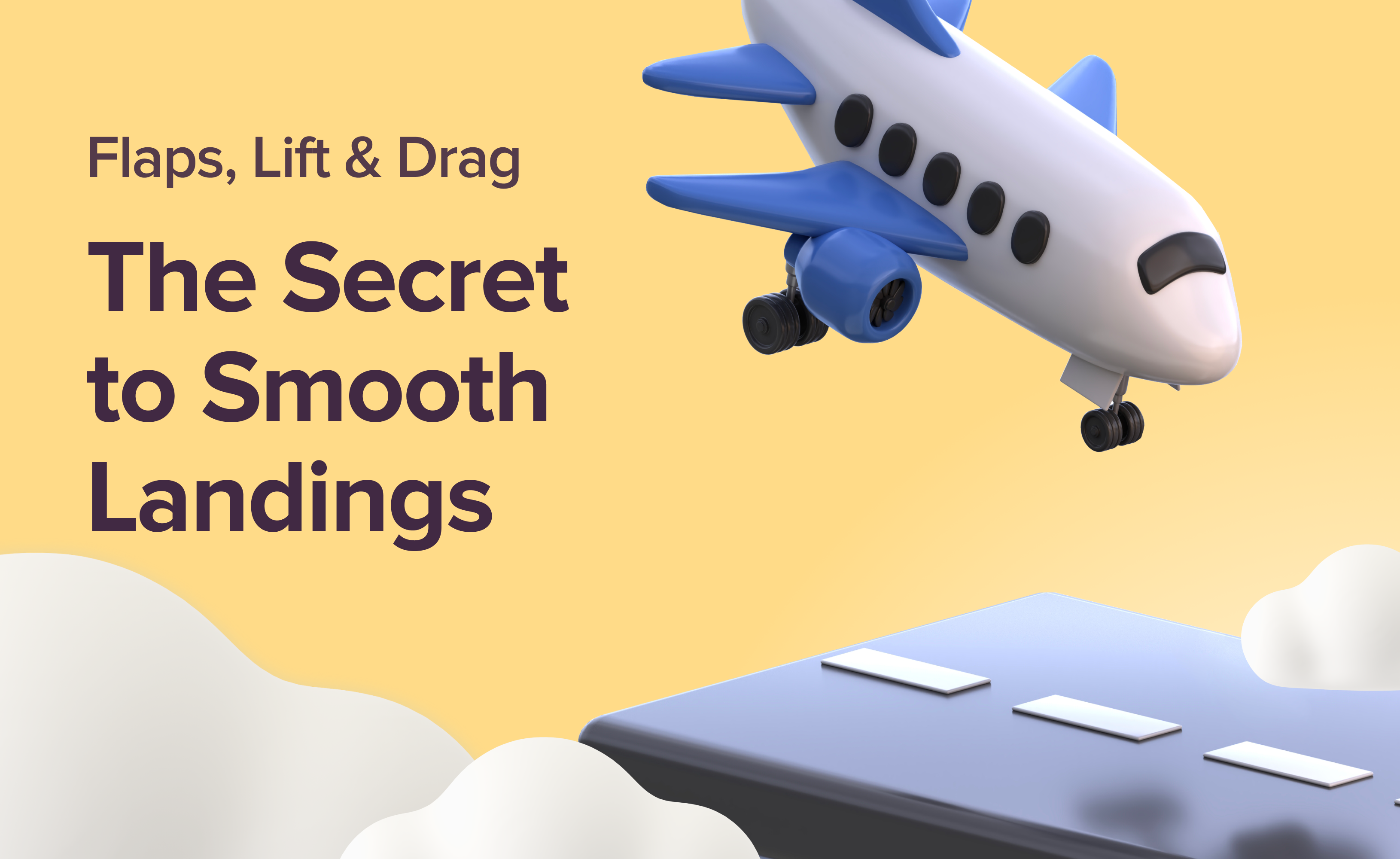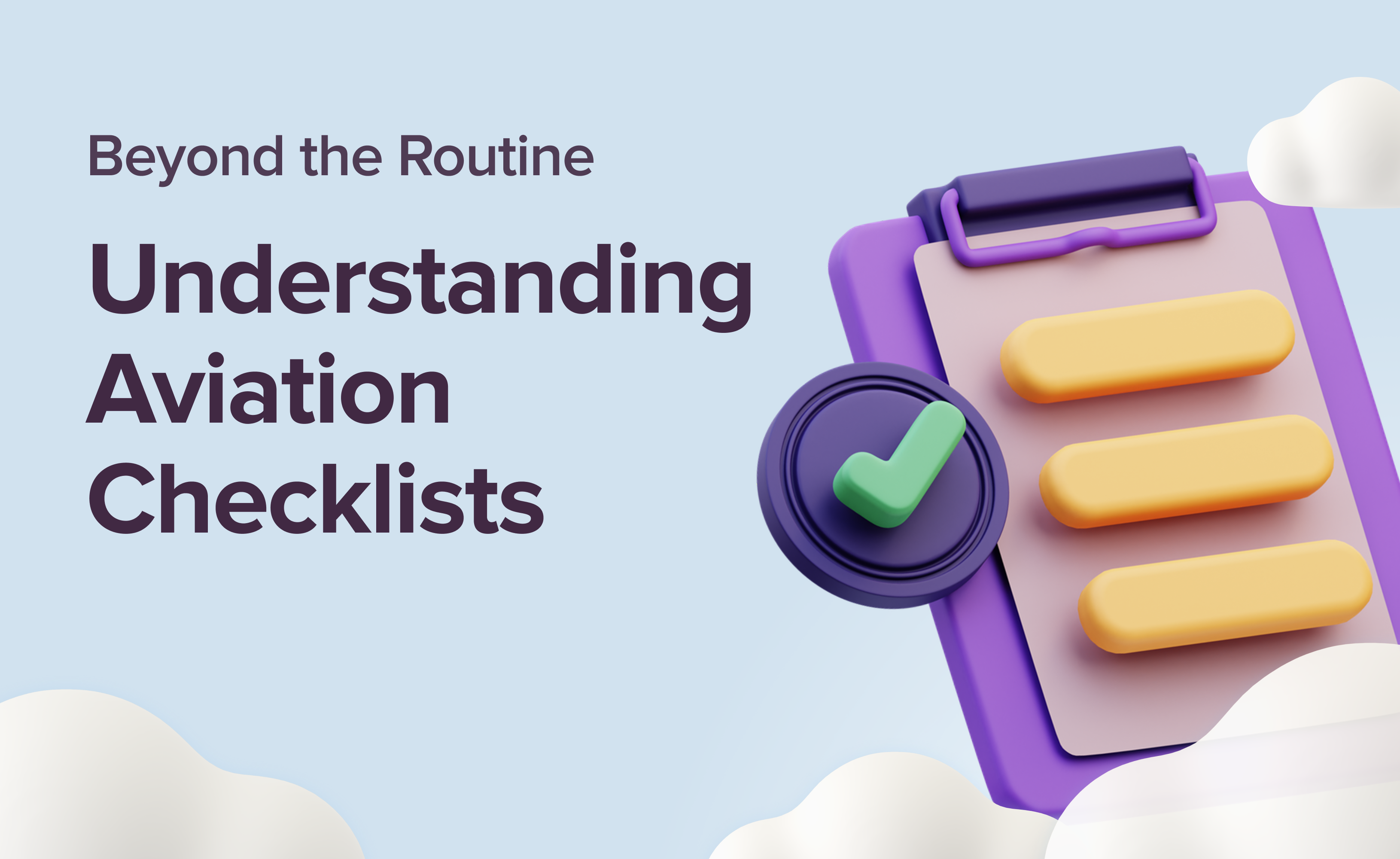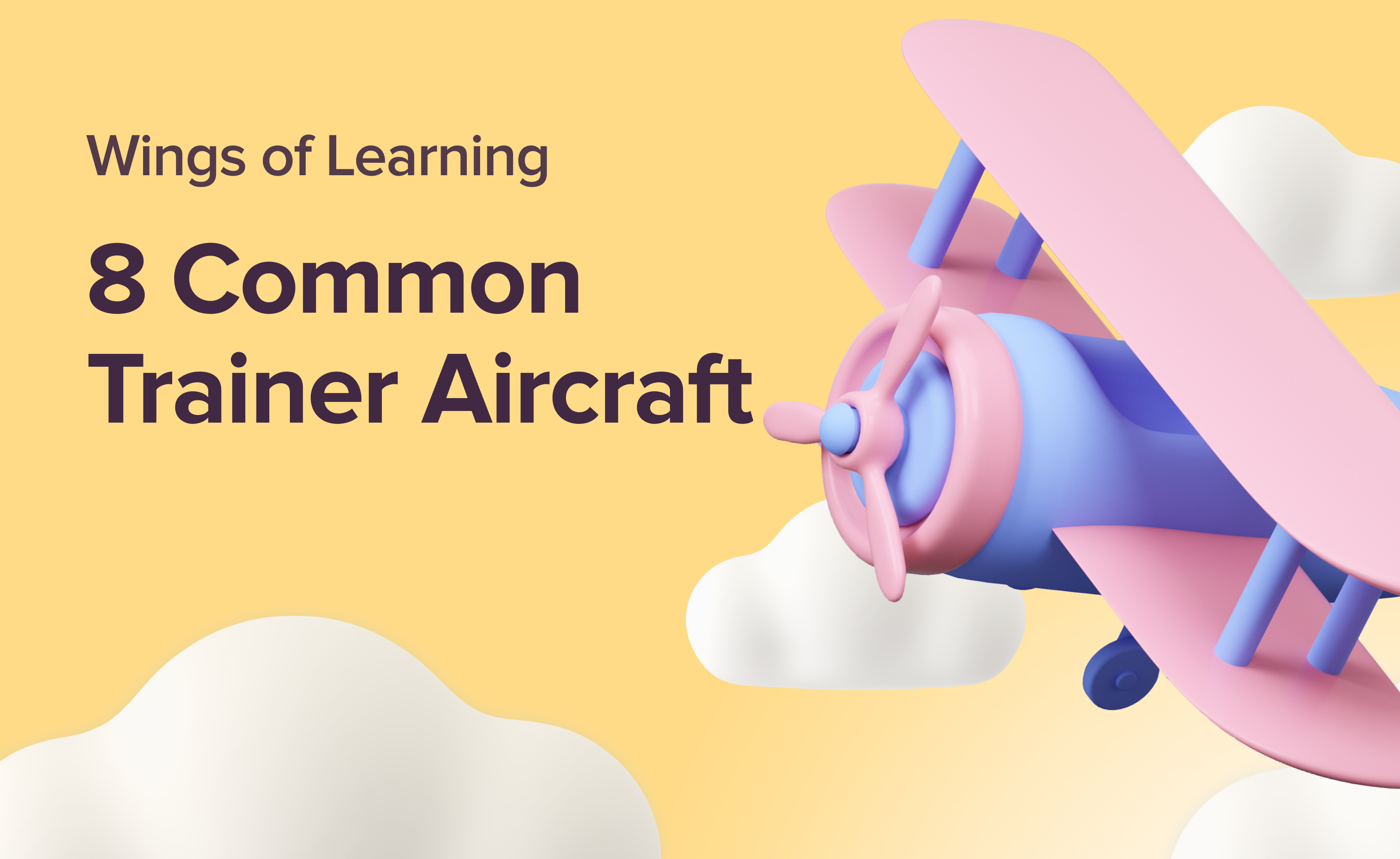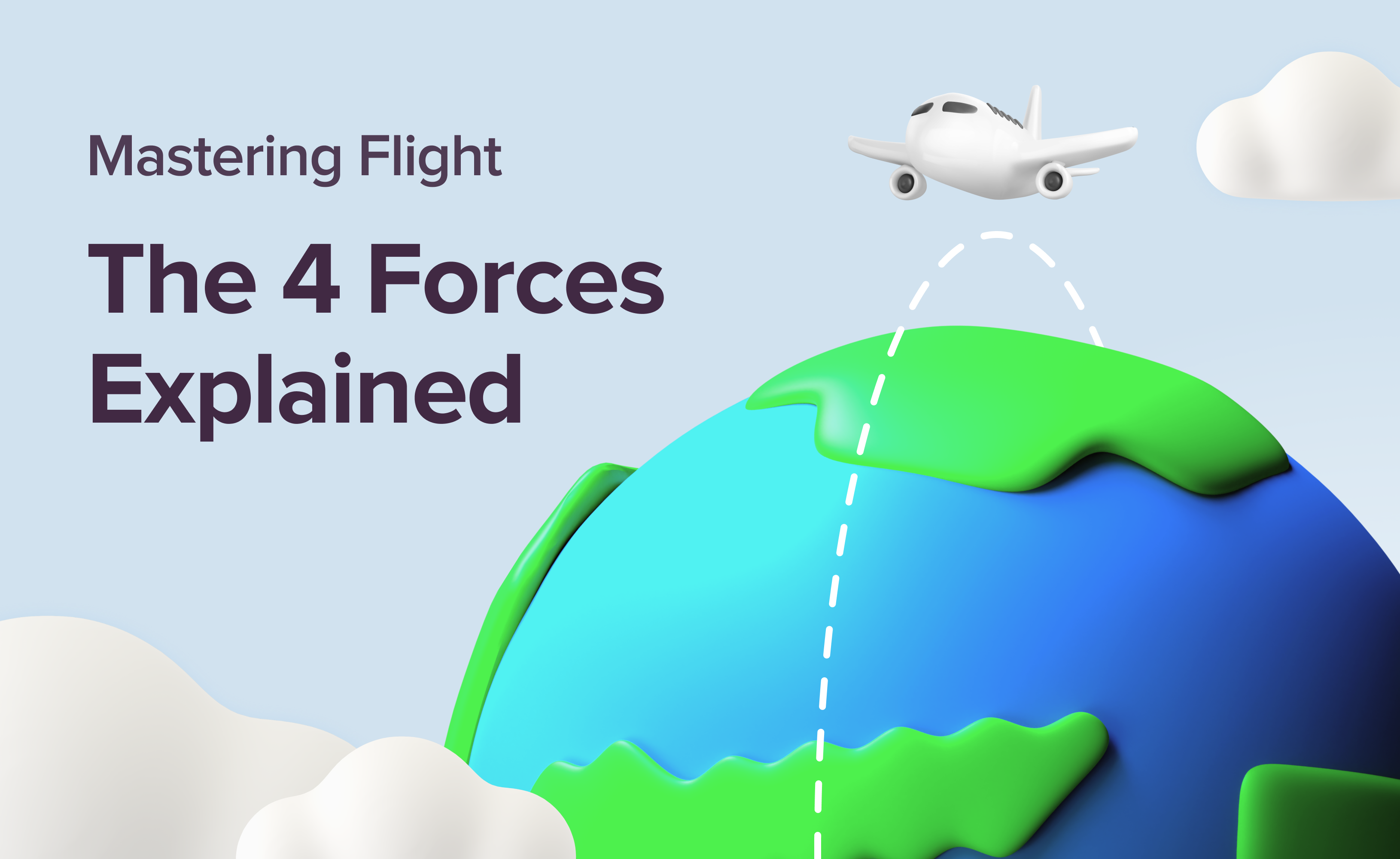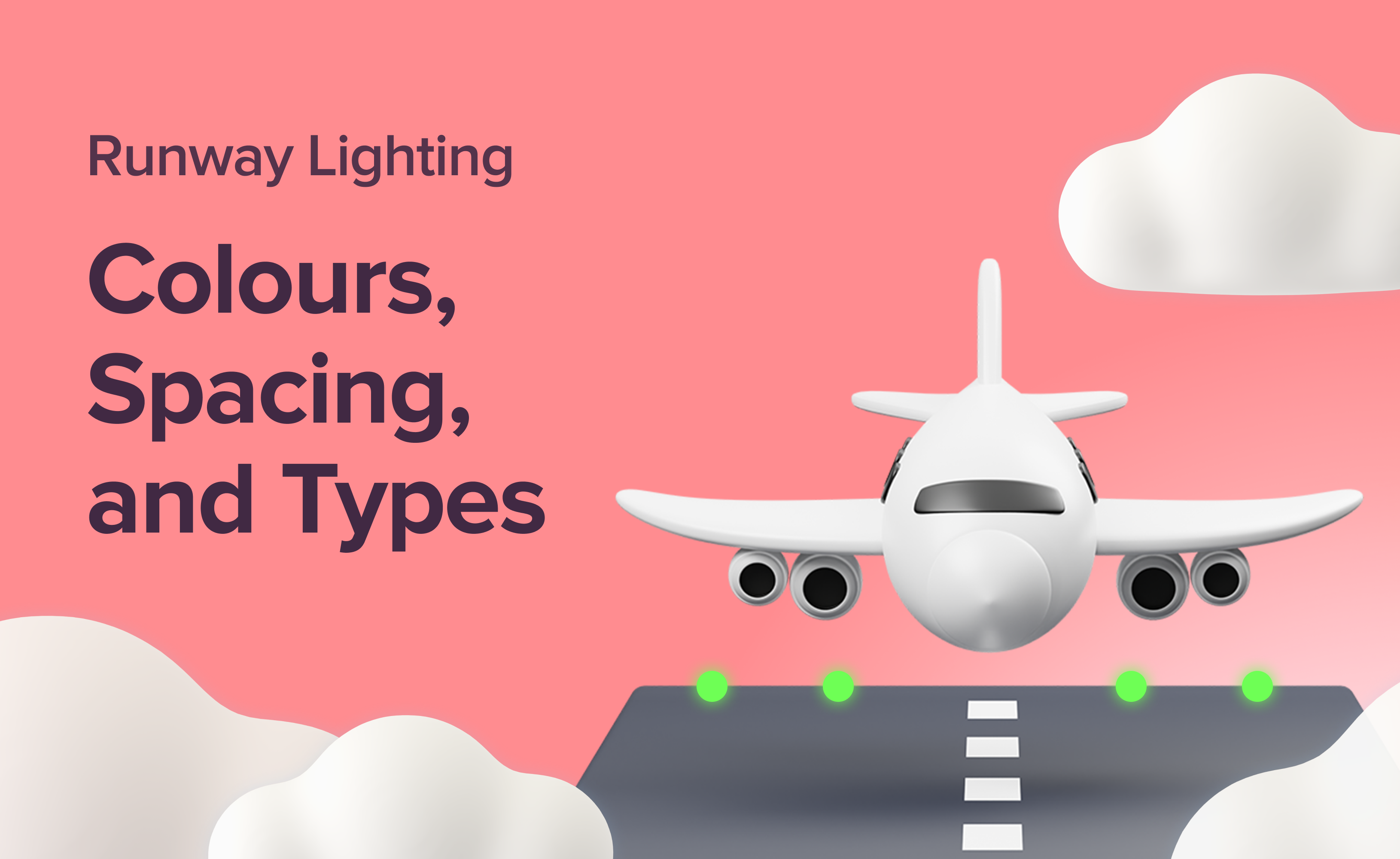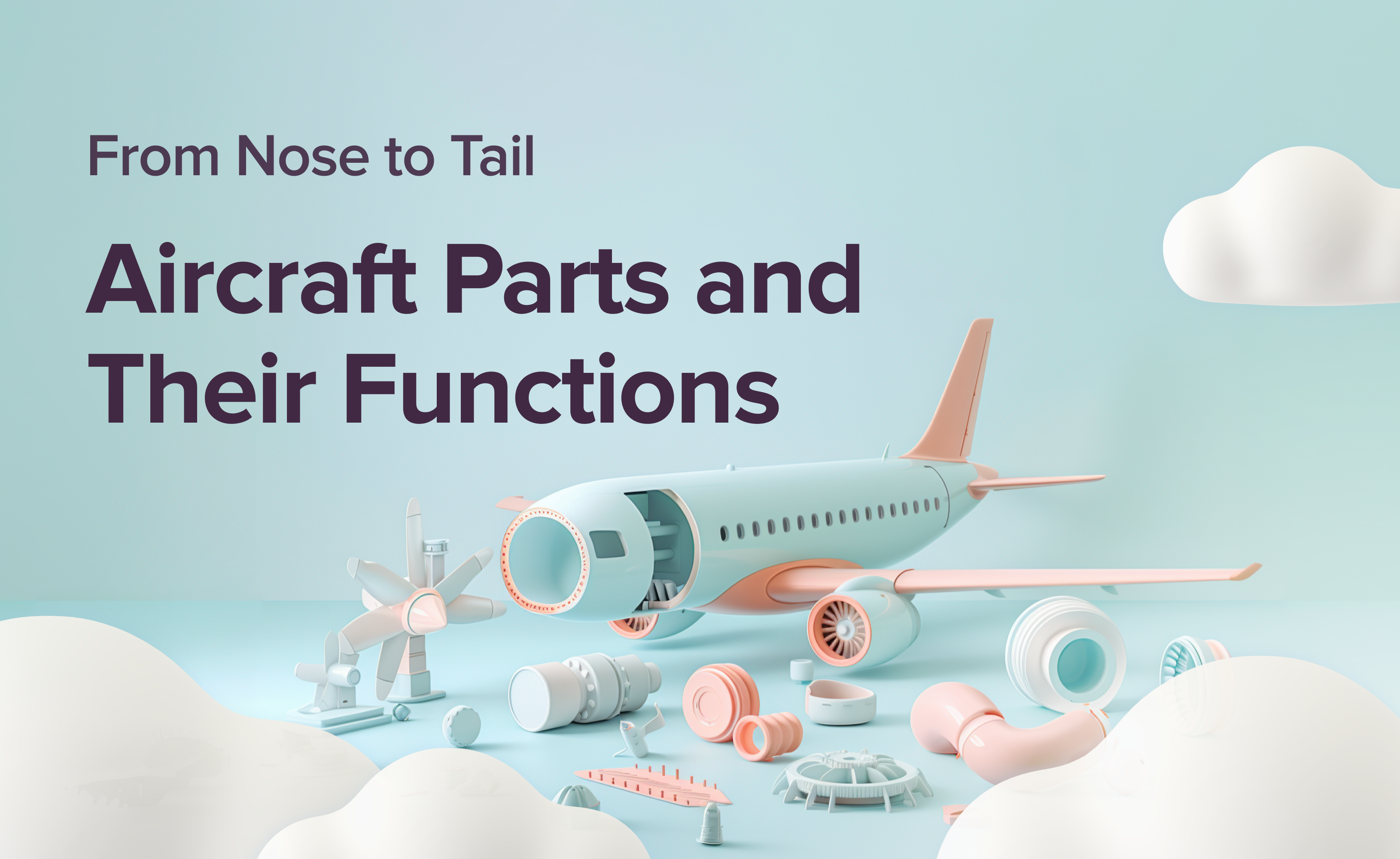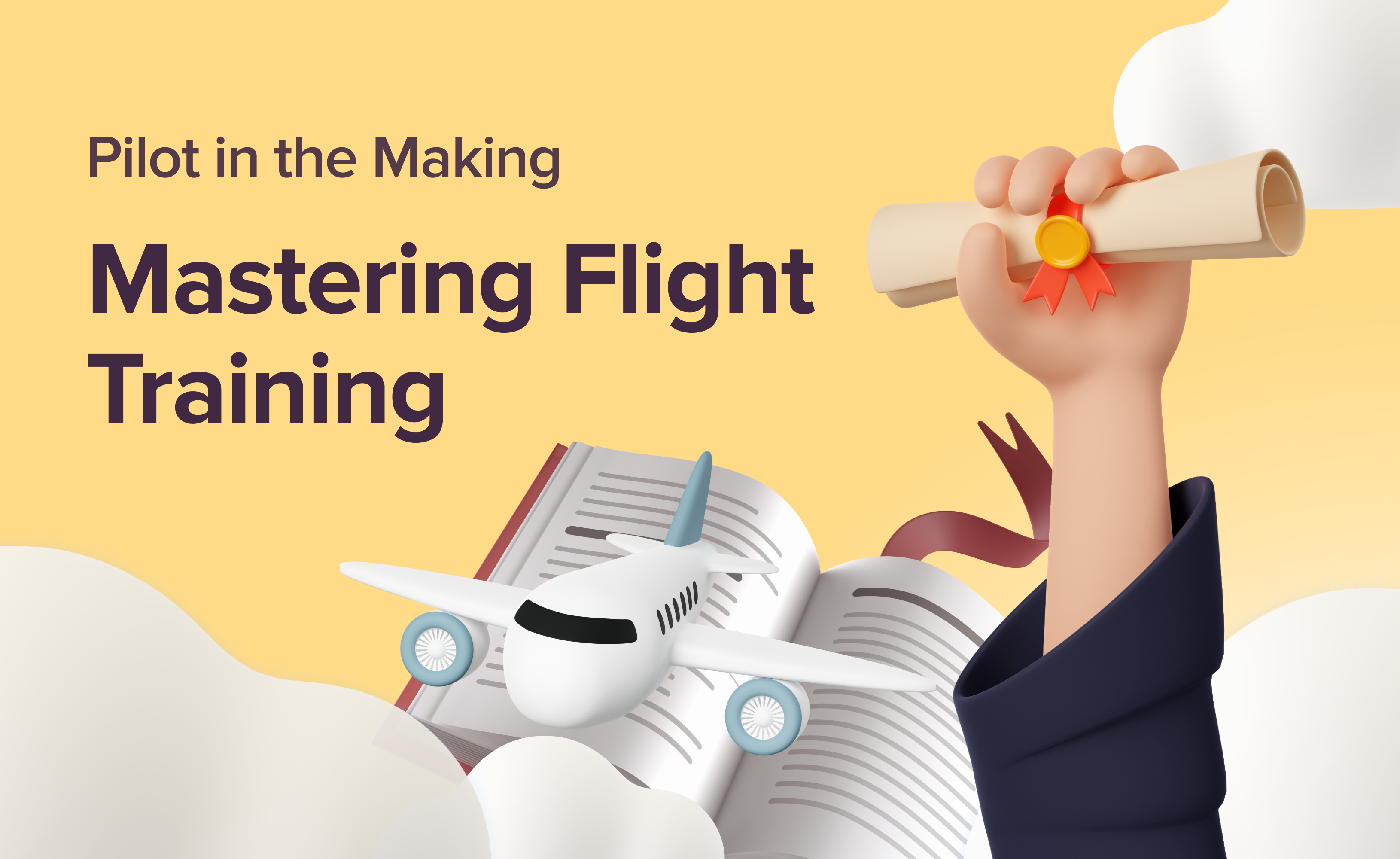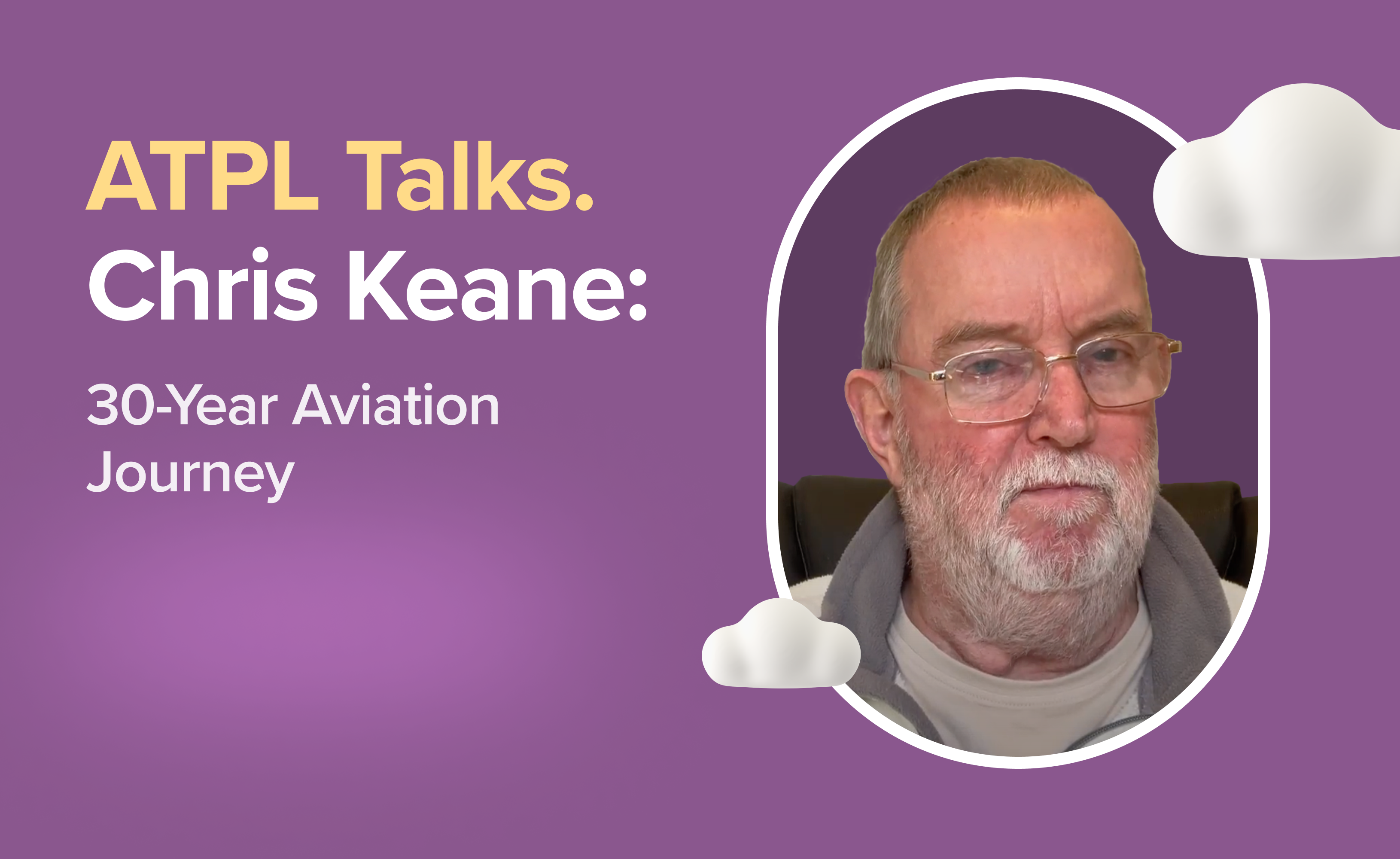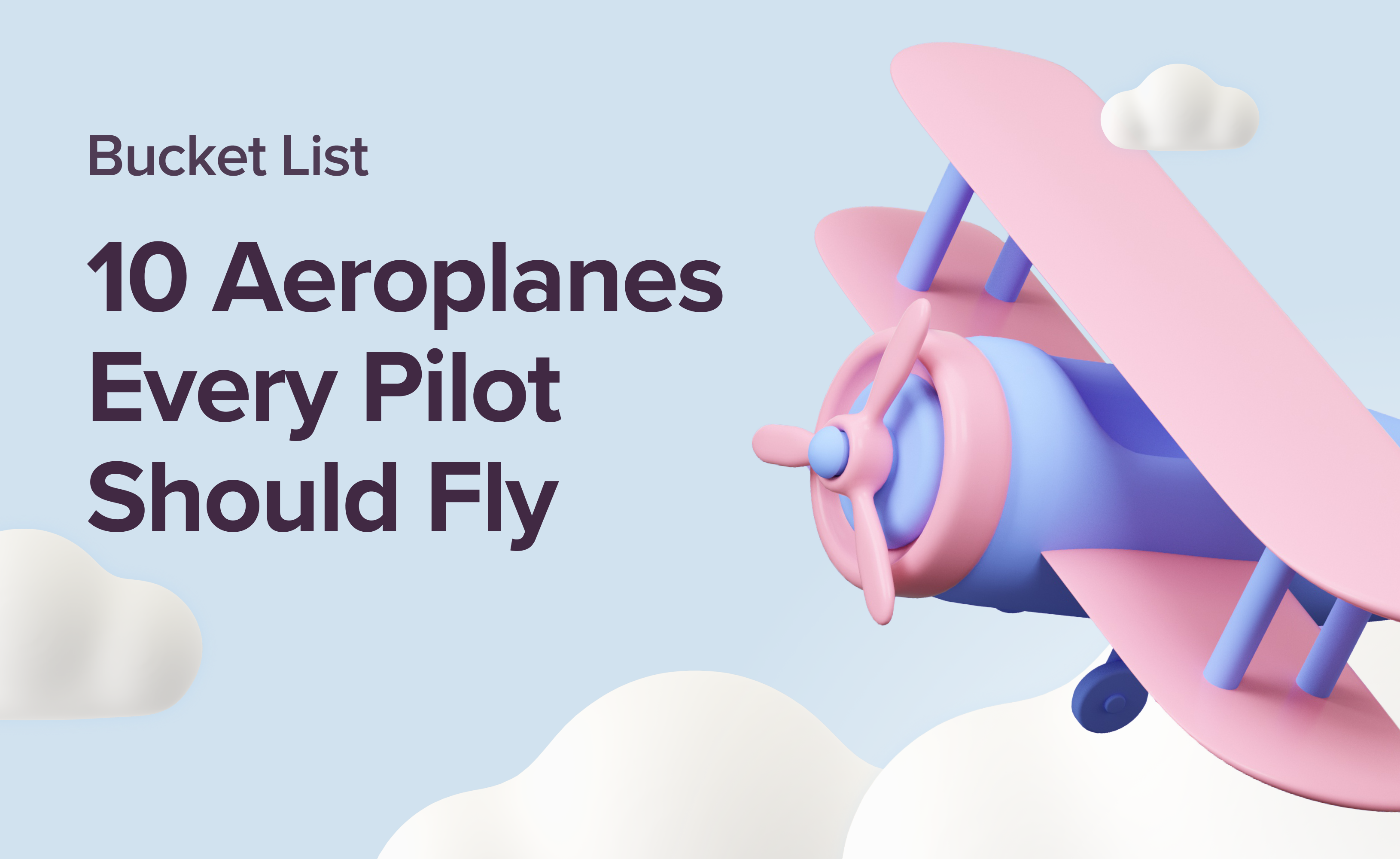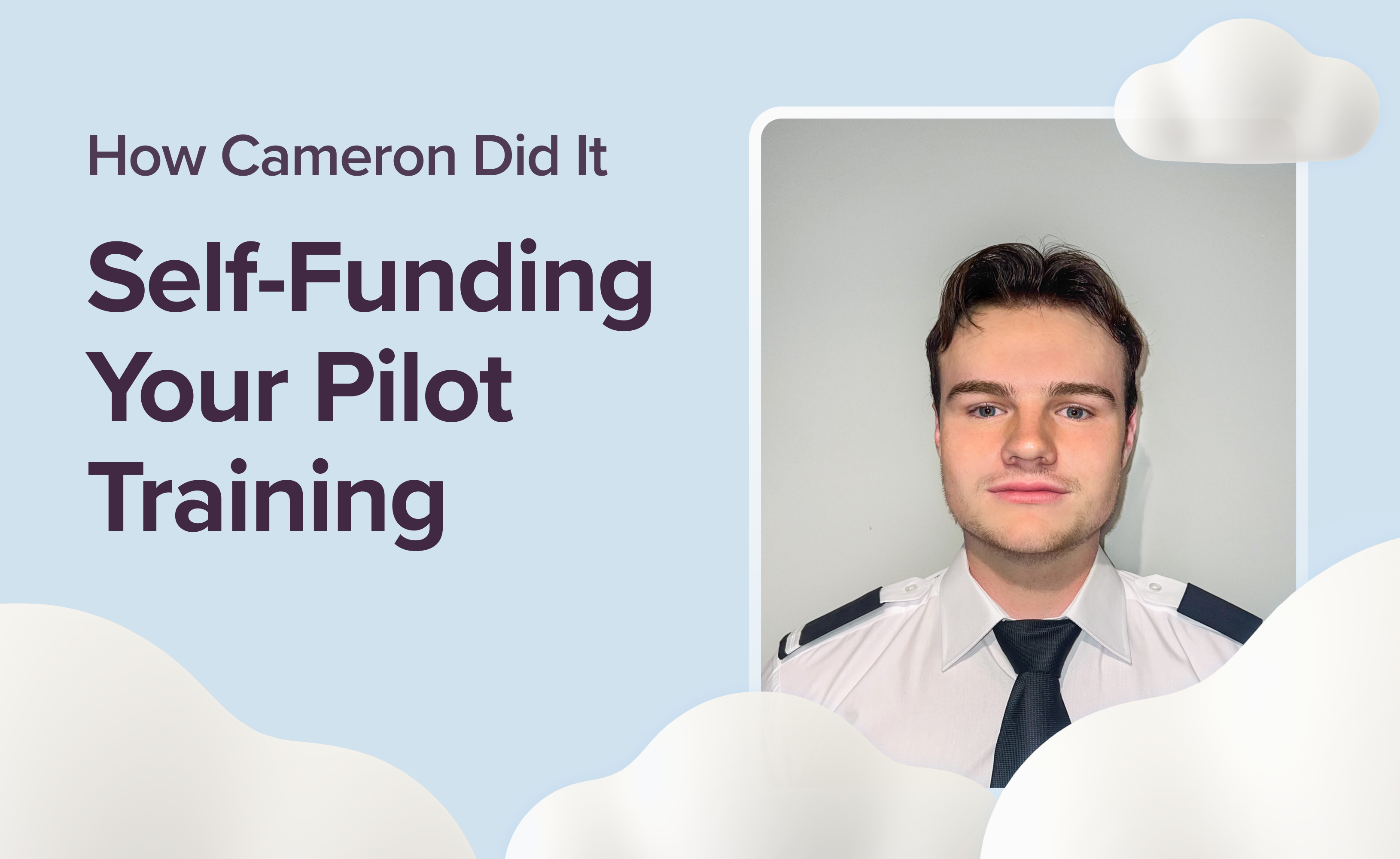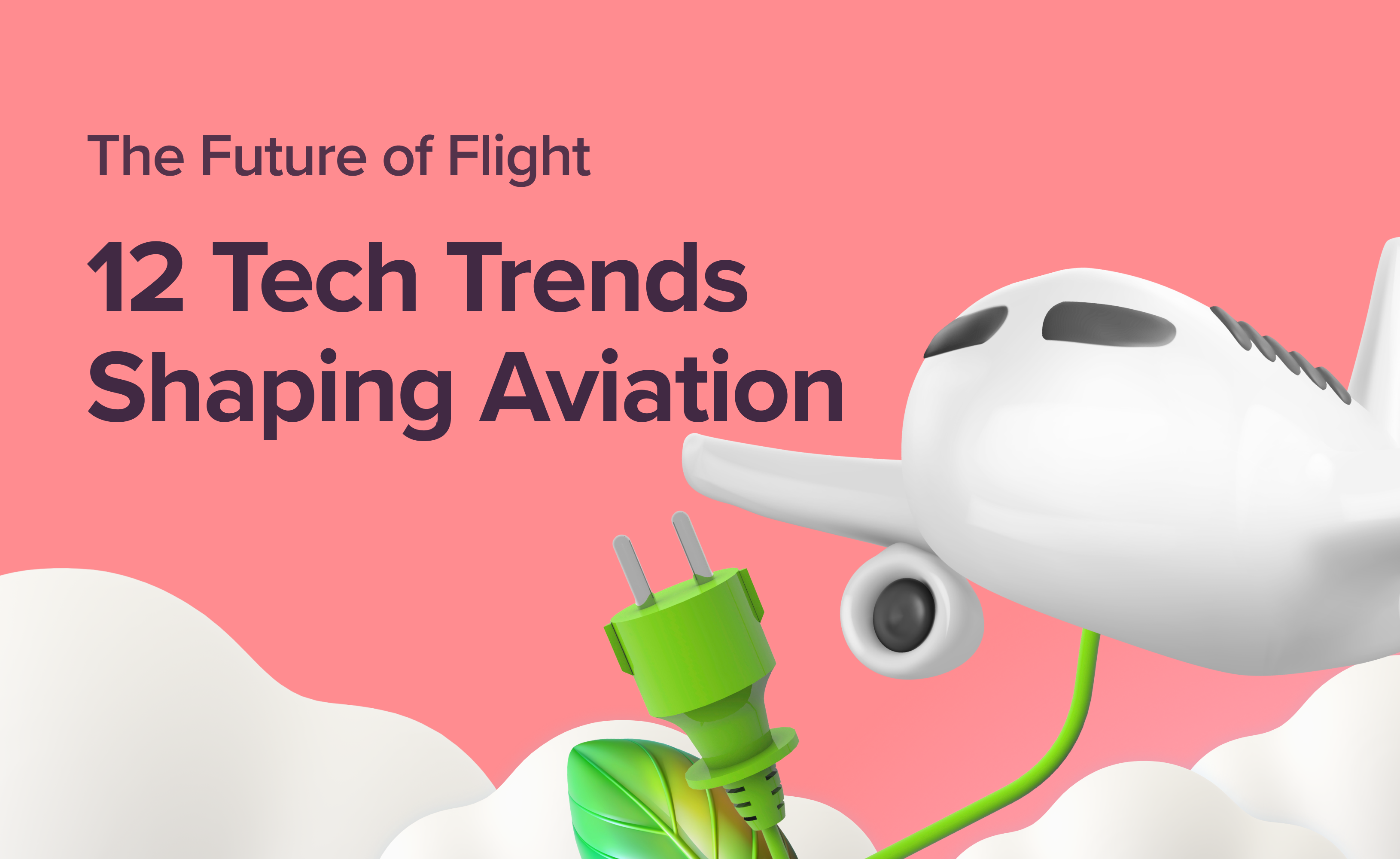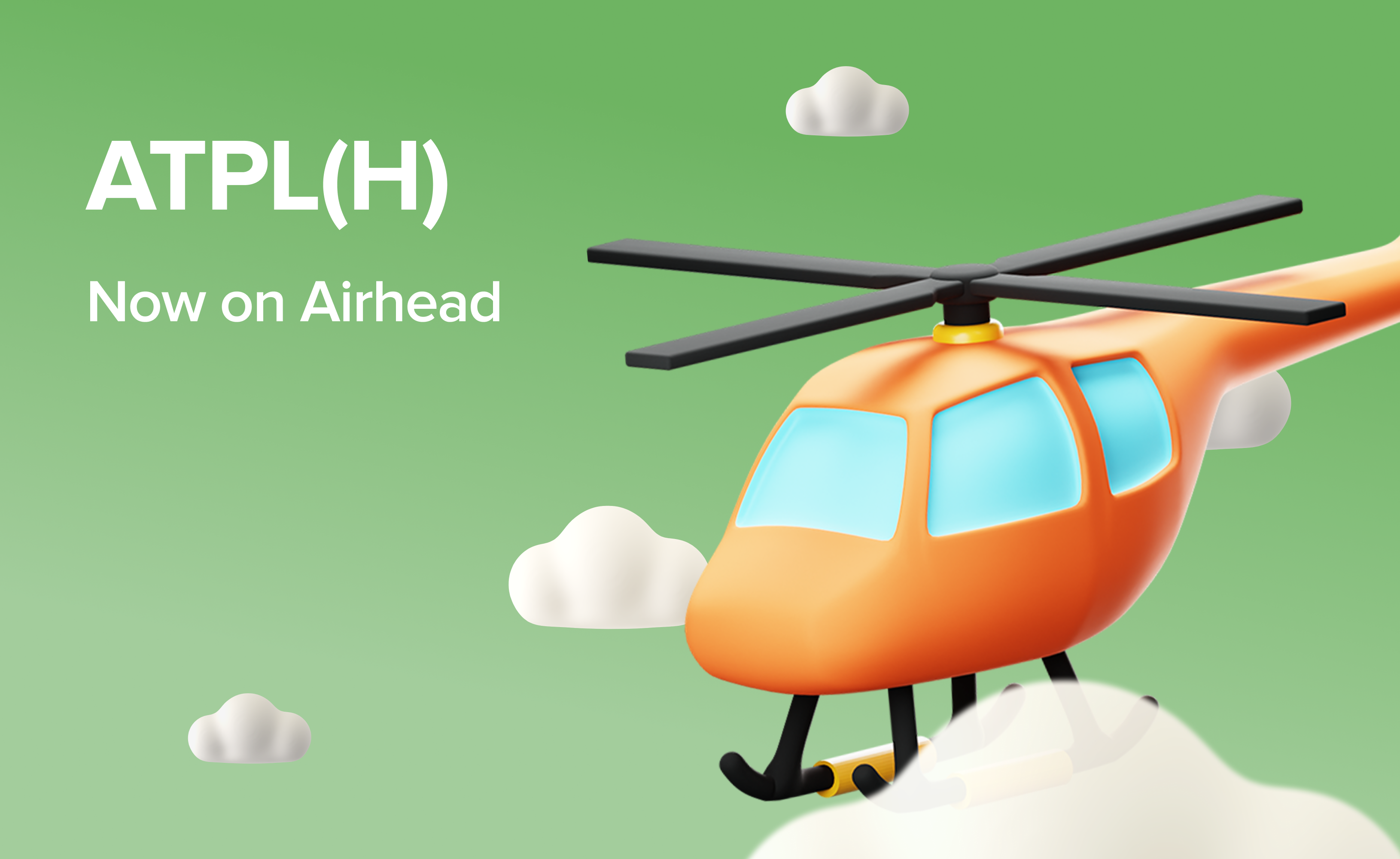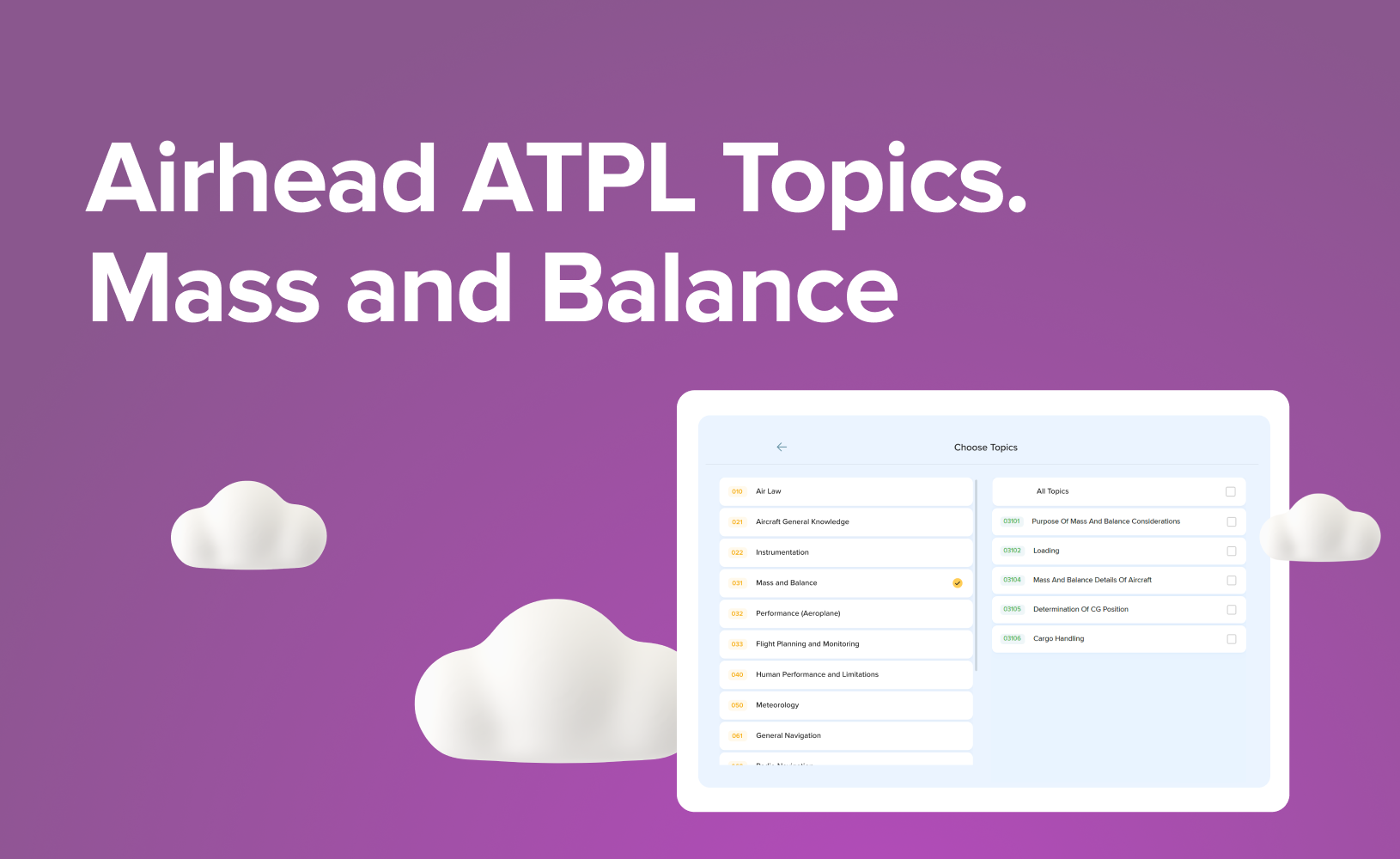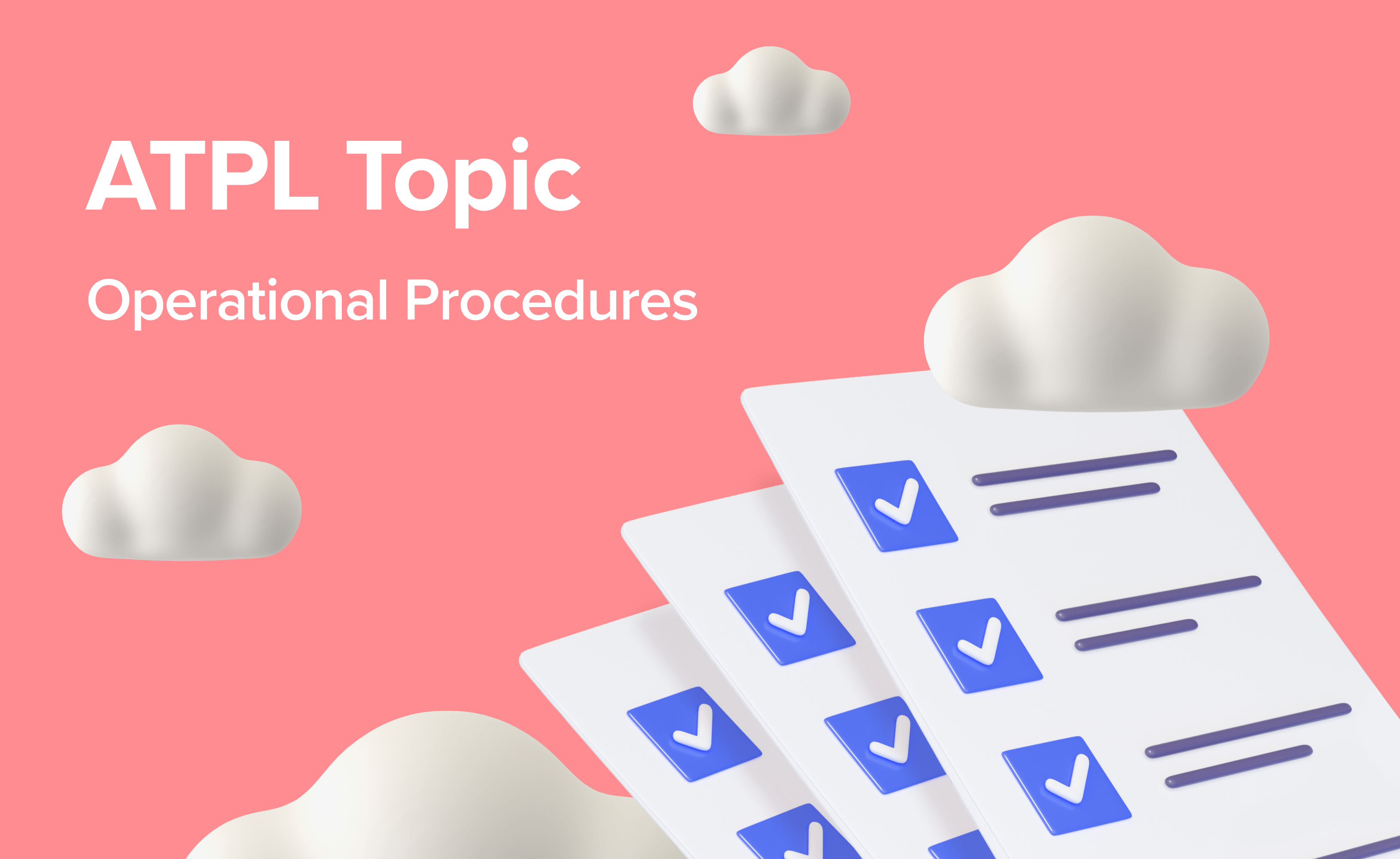Women Fly: Breaking Aviation Barriers
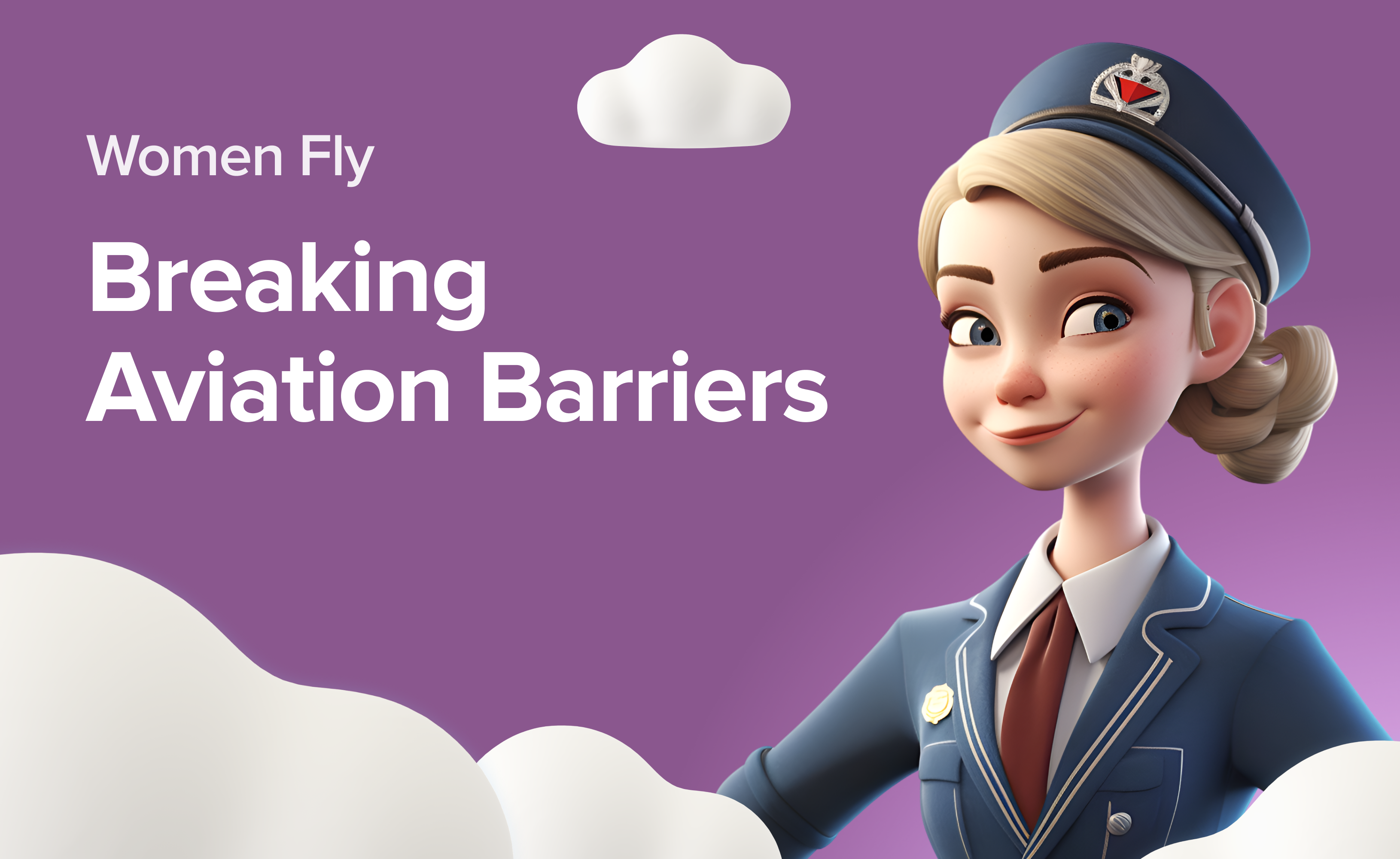
While aviation has historically been male-dominated, women are changing the landscape. Learn about the challenges they've faced, the victories they've won, and the ongoing fight for equality in the skies.
It’s no secret that aviation remains a male-dominated industry. According to ICAO and EASA, only about 5% of pilots worldwide are women. Even today, increasing female representation in the cockpit remains a significant challenge.
In comparison, women currently comprise around 40% of medical physicians, 30% of researchers, less than 14% of engineers, and 11% of astronauts. So, why does aviation slow down? What barriers continue to hold women back, and how does this imbalance affect the industry?
Some argue that setting gender-based hiring targets is the solution—but is it enough? Or do we need to have a deeper look at the systemic challenges, biases, and cultural factors that have shaped aviation for over a century?
This article covers the persistent barriers that lead to the underrepresentation of women in aviation, a field that desperately needs the unique perspectives and talents that diversity brings. But it's not just about the obstacles. We also want to celebrate the inspirational journeys of eight pioneering women who soared to remarkable heights, leaving a mark on the aviation industry. Their stories are a testament to resilience and a powerful reminder that the sky has no gender.
Note: While this article discusses industry trends and statistics, we acknowledge that there are always exceptions and individual experiences may vary.
In a field where women are still underrepresented, Emily defied the odds and conquered her ATPL exams. Discover her inspiring journey through modular pilot training, proving that the sky has no gender limits. Learn her secrets to success from the blog Climbing the Clouds: Emily's Success Story on ATPL Exams.

Why Are There So Few Women in Aviation?
Globally, the percentage of women pilots has increased from 3.6% to 4.0%, with the highest growth seen in the Asia-Pacific and Latin America/Caribbean regions. North America leads with 4.6%, followed by Africa (4.1%) and Europe (4.0%).
In the UK, the number of female pilots is rising faster than overall pilot numbers. The Civil Aviation Authority (CAA) reports a 26% increase in pilot licences issued to women between 2019 and 2023, compared to a 15% increase overall.
Despite this progress, women still make up only about 5% of airline pilots in the UK and US, with global estimates ranging from 4% to 6%. The conversation has shifted from competence to career opportunities, but significant barriers remain. Several factors contribute to the low number of female pilots globally. Key research findings highlight the following.

Historical Gender Stereotypes
In aviation’s early days, flying was seen as high-risk, requiring courage, strength, and quick decision-making — qualities society wrongly attributed more to men. By the time aviation became a mainstream career, gender roles were deeply ingrained, discouraging women from entering the field.
Even today, people still associate a pilot with a man in uniform. Another 2013 UK survey revealed that 51% of the public trust a male pilot more than a female pilot, reinforcing a cycle that discourages women from entering the field.
Lack of Role Models
Seeing someone like you in a role makes it feel possible. With fewer women in the cockpit, fewer young girls are inspired to follow that path, continuing the cycle. Without role models in aviation leadership, many aspiring female pilots struggle to see a place for themselves.
Family & Work-Life Balance
Even today, having children impacts women’s careers more than men’s. The journey from cadet to professional pilot leaves little room for flexibility. Maternity leave, childcare, and family responsibilities often make aviation a less appealing career for women who want a work-life balance.
Risk Aversion & Career Preferences
While gender roles have evolved, career choices still differ. Studies show that men have a higher tendency than women to seek sensation and risk. Aviation is a high-risk profession. Sometimes that means taking on hefty financial obligations for education, travelling abroad for chances, and entering a volatile labour market. Women, on average, tend to avoid high-debt, high-risk career paths.
Cultural Barriers in Aviation
Aviation is becoming more inclusive, but “boys’ club” cultures persist in some areas. A recent FAA study found that 71% of female pilots reported experiencing sexual harassment.
While many workplaces are supportive, bias in hiring, promotion, and workplace dynamics still exist. Even casual banter and jokes can create exclusion, making it harder for women to feel fully accepted.
The Financial Barrier
Becoming a pilot is one of the most expensive career paths, costing £100,000+. Why does this impact women more? Risk perception. Some see flight training as an investment, others as an unthinkable financial decision.
Did you miss our comprehensive guide on funding your pilot training? You can get it here. We extensively explored financial planning strategies and identified cost-saving opportunities to make your aviation journey attainable.
Why We Need More Female Pilots?
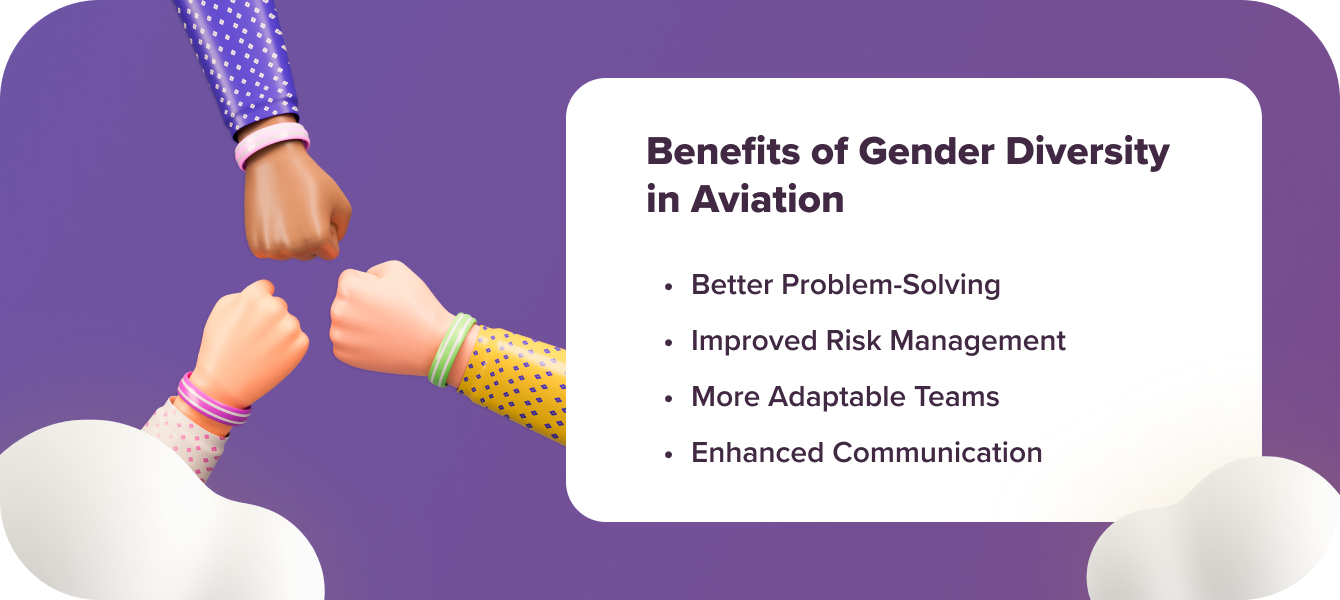
The aviation industry, particularly commercial and charter services, urgently needs more female pilots for several key reasons. First, studies show that diverse flight crews enhance decision-making and safety, as women often bring strong communication skills, risk assessment, and adaptability to high-pressure situations.
Secondly, the industry is facing a major pilot shortage, and attracting more women to the profession is essential to meet growing demand.
Despite these opportunities, barriers still exist. The cost of training remains a significant challenge, with the price of earning a commercial pilot licence reaching £80,000–£120,000. In the UK and Europe, becoming a pilot requires meeting EASA or CAA requirements, including completing an Airline Transport Pilot Licence (ATPL) course and logging at least 250 flight hours. With the right training, financial support, and industry backing, more women can step into the cockpit — not just to fill vacancies, but to lead the future of aviation.
Take the first step towards your aviation career. Read our blog “How to Become a Pilot in the UK & Europe” to learn how to get started.
8 Women Who Changed Aviation

The women of the Smith College Flying Club, founded in 1934, learning aircraft mechanics and maintenance, flight instruction and flight log management.
Photograph by George Woodruff, Bettmann Archive
Despite the barriers, women have played a remarkable role in aviation since the Wright Brothers' first 12-second flight in 1903. In 1910, Blanche Scott became the first woman to fly when the plane she was allowed to taxi unexpectedly took off — a moment that marked the beginning of a new era for female pilots.
Since then, women have continued to break barriers, defy societal norms, and prove their skill in the skies. Some were willing to risk their lives for the promise that flight offered: a world where they were limited only by the sky, not by society.
Just to give you a taste, here are eight of the many women who changed aviation forever.
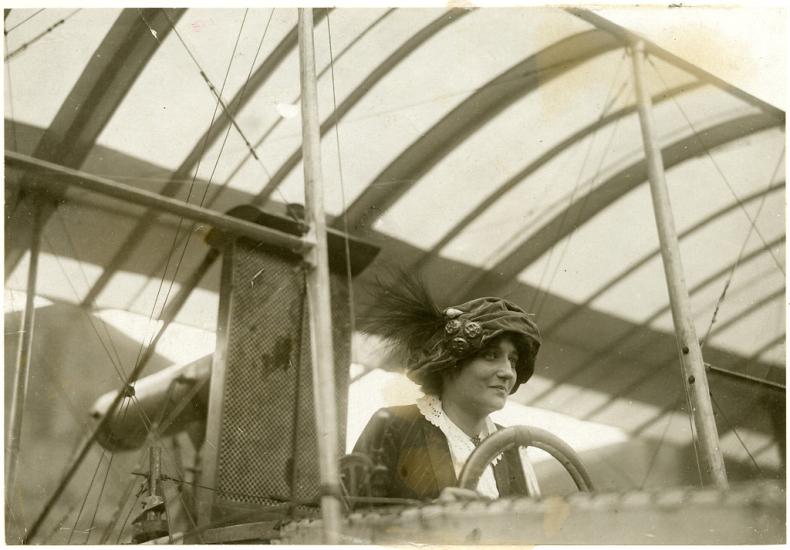
Raymonde de Laroche
The First Woman To Earn a Pilot’s Licence.
Every licensed female pilot owes a debt to Raymonde de Laroche, the fearless Frenchwoman who became the first woman in the world to receive a pilot’s licence.
Born Elise Deroche in Paris in 1886, she was a theatre actress, a passionate sportswoman, and a courageous person by nature. She embraced car racing with enthusiasm but found her true calling in the skies. After witnessing the Wright brothers’ demonstration flights in France, she was captivated by aviation.
The Voisin aircraft she trained on had no dual controls — her only instruction came from shouted orders on the ground. But on 22 October 1909, Raymonde de Laroche took off solo, climbing five metres and flying nearly 300 metres before making a smooth landing.
Just months later, on 8 March 1910, she became the first woman in history to be awarded a pilot’s licence, issued by the Fédération Aéronautique Internationale (FAI). Her title as "Baroness" originated from a reporting error, but it only added to her legendary status.
A pilot's licence can open doors to more than just commercial airlines. Explore alternative career paths in our blog, Beyond the Airlines: 9 Unique Career Paths for Licensed Pilots.
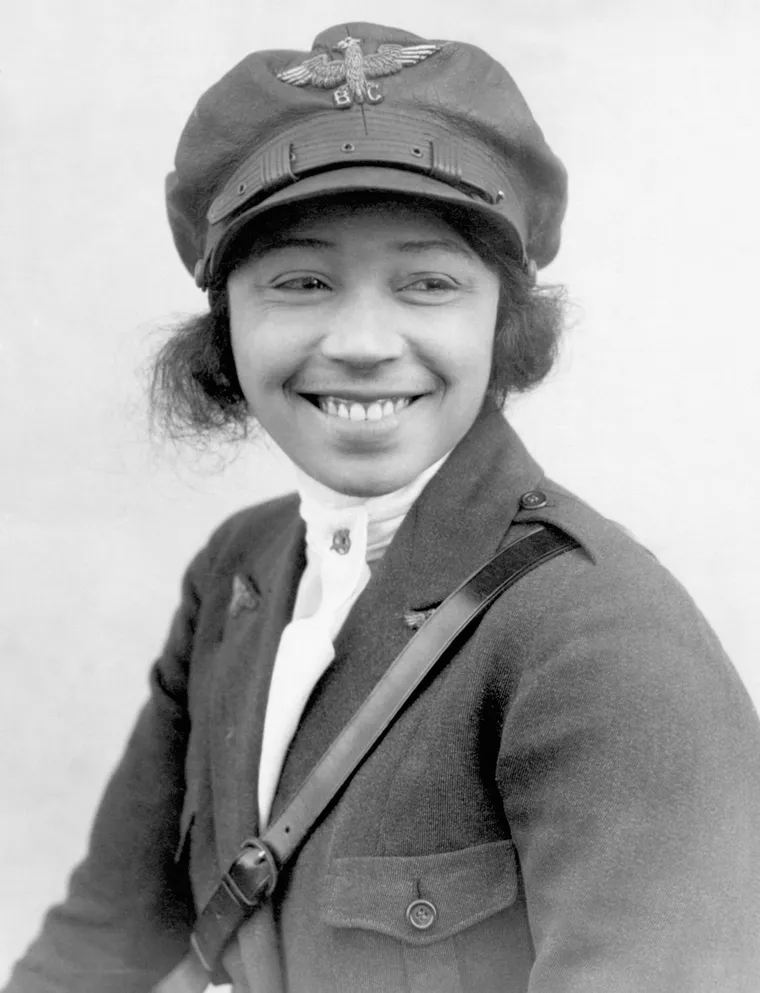
Bessie Coleman
The First Black and Native American Woman Pilot
Denied flight training in the U.S. due to racial and gender discrimination, Bessie Coleman refused to accept barriers. Instead, she learned French and travelled to Europe, where she earned her place in aviation history as the first African-American and Native American woman to receive a pilot’s licence.
She trained rigorously, mastering stunt flying and parachuting, earning her international pilot’s licence from the Fédération Aéronautique Internationale on 15 June 1921.
It was a cruel irony: after returning to the U.S., she still was barred from commercial flying due to racial and gender prejudices. Determined to inspire others, she became a barnstorming stunt pilot, performing daring aerial manoeuvres that thrilled crowds.
Coleman’s ultimate goal was to open a flight school for Black aviators, proving that the sky belonged to everyone. Her pioneering spirit paved the way for future generations. Today, she is remembered as a symbol of resilience, courage, and unshakeable ambition.
Explore the rich history of aviation at these 12 must-see museums across Europe. Plan your visit with our blog, Wings of History.
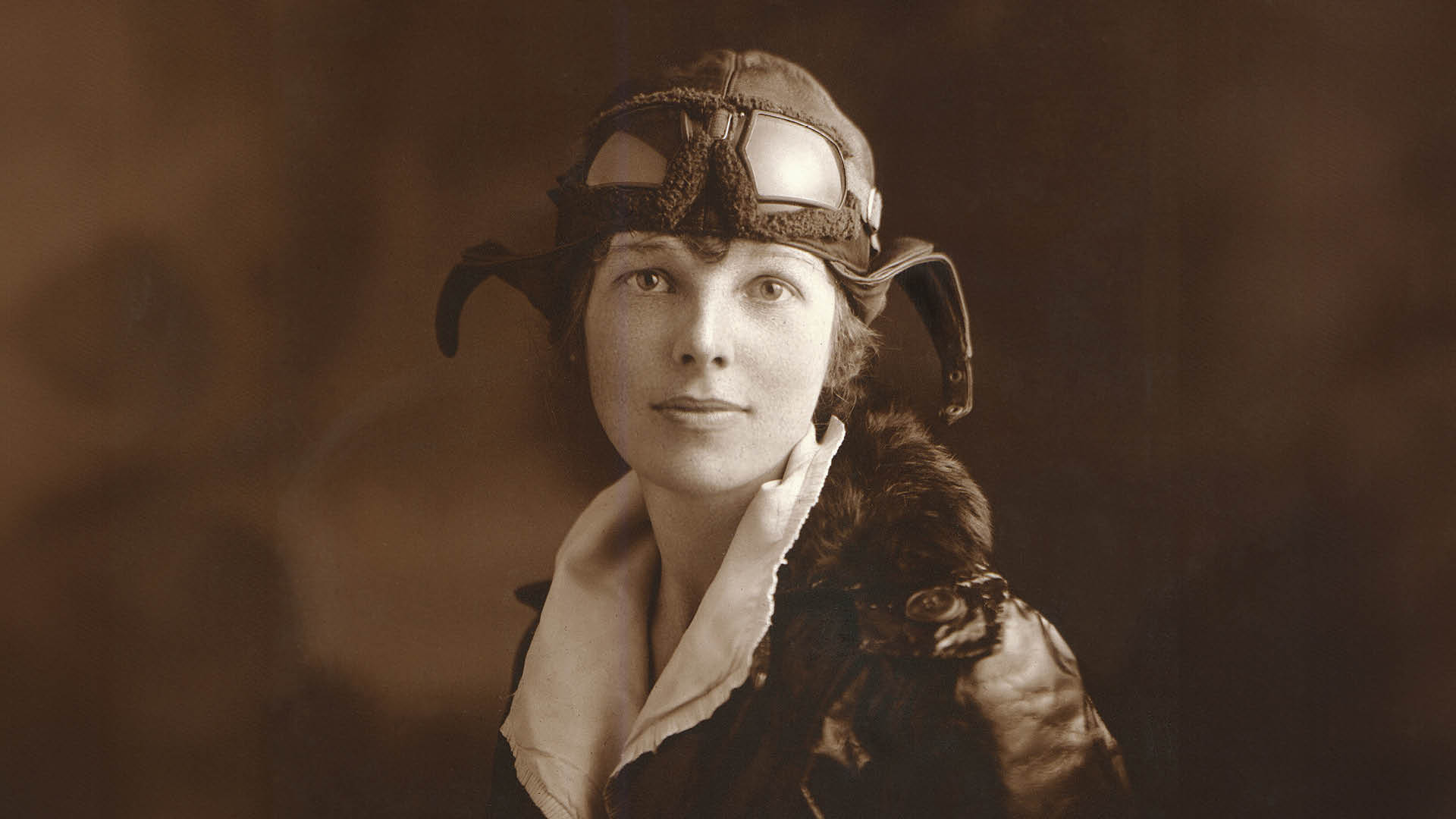
Amelia Earhart
The First Woman To Fly Solo Across the Atlantic.
Few names in aviation are as legendary as Amelia Earhart. Driven by a passion for flight, she refused to be confined by societal expectations, proving that women belonged in the skies just as much as men.
In 1932, she became the first woman to fly solo across the Atlantic. During the 15-hour journey from Newfoundland to Ireland, she endured extreme weather and mechanical challenges. This historic feat earned her the Distinguished Flying Cross, making her the first woman to receive the honour.
Earhart was more than just a record-breaking pilot — she was an advocate for women in aviation. She co-founded the Ninety-Nines, a group supporting female pilots, and inspired countless young women to pursue their flying dreams. Her mysterious disappearance in 1937 during her attempted flight around the world remains one of aviation’s greatest mysteries, but her legacy as a fearless pioneer lives on.
Who are the pioneers that ignited your passion for flight? Discover 16 iconic pilot heroes from pop culture that have inspired generations.
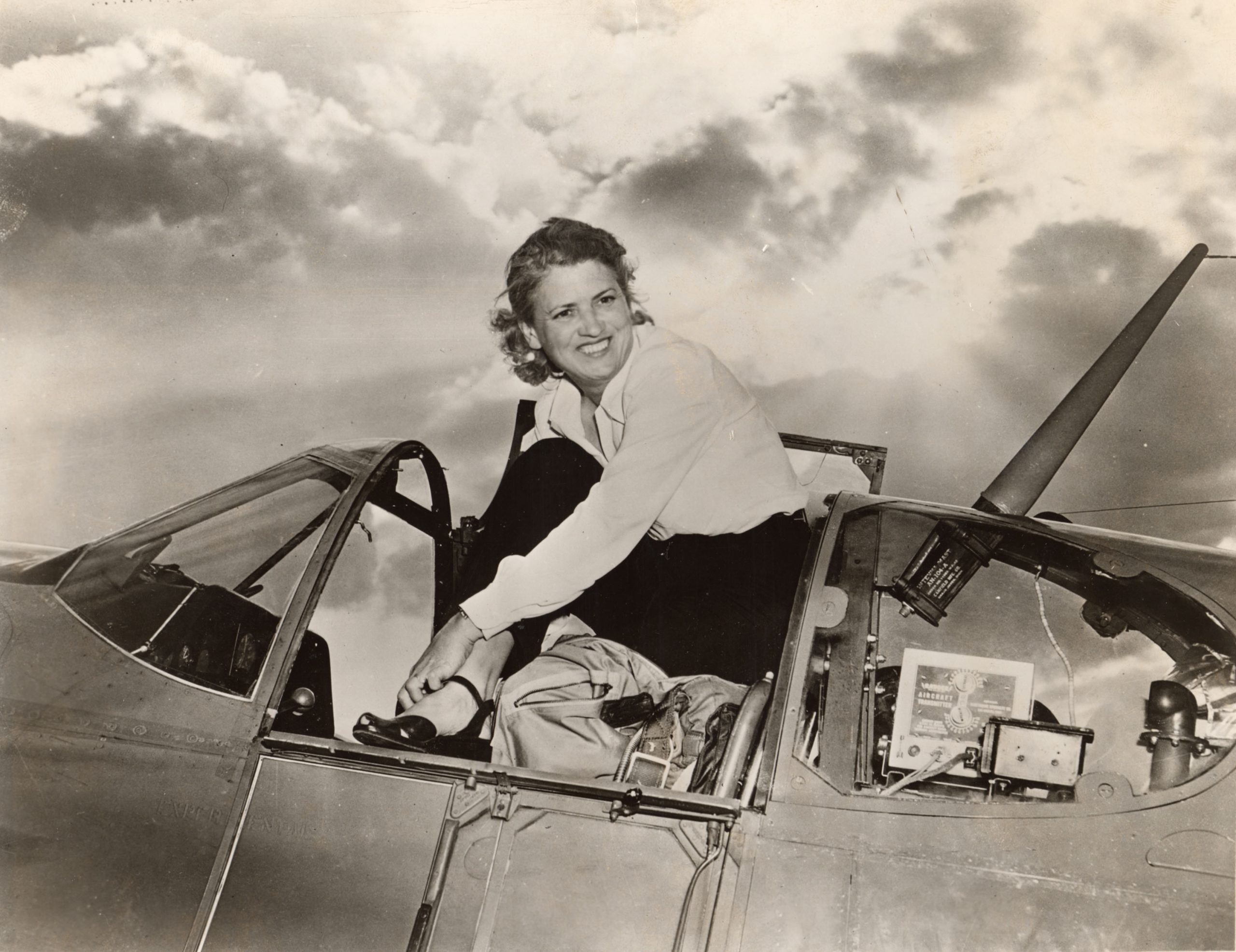
Jackie Cochran
The First Woman To Break the Sound Barrier.
Jacqueline Cochran’s story is one of ambition, resilience, and sheer determination. Rising from humble beginnings, she became one of the greatest female aviators of all time.
A trailblazer in speed and endurance, Cochran shattered barriers both figuratively and literally. On 18 May 1953, she became the first woman to break the sound barrier, flying an F-86 Sabre at Mach 1.
But that was just one of her many achievements — she set more aviation records than any pilot, male or female, and played a vital role in training women pilots during WWII as the head of the Women Airforce Service Pilots (WASP) program. Jacqueline Cochran was a friend of Amelia Earhart and became a key member of the Ninety-Nines. She served as president from 1941 to 1943, solidifying her influential role.
Cochran’s relentless pursuit of progress helped open doors for female pilots in both military and civilian aviation, proving that skill and determination—not gender—define a great pilot.
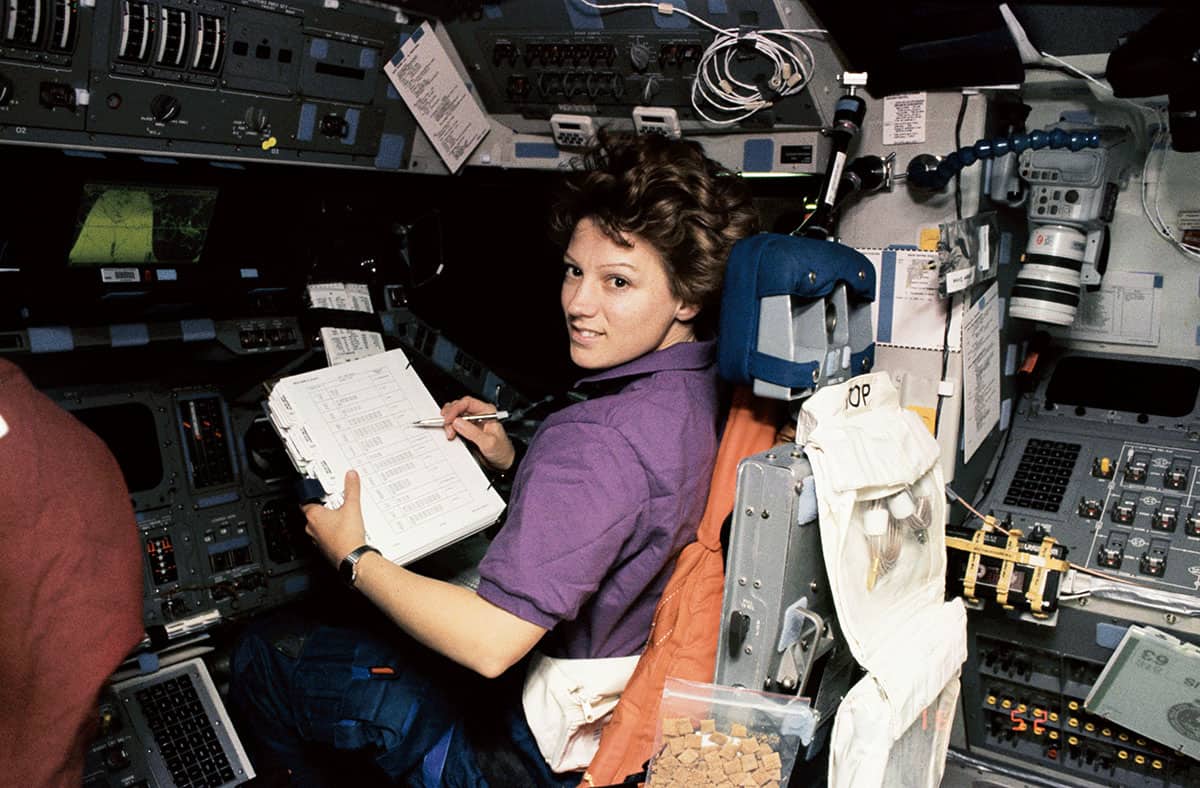
Eileen Collins
The First Female Space Shuttle Commander.
Eileen Collins’ career is a testament to what’s possible when passion meets perseverance. She grew up fascinated by aviation and space travel, dreaming of one day becoming an astronaut.
After serving as a U.S. Air Force test pilot, she made history in 1995 as the first female pilot of a Space Shuttle mission. But she didn’t stop there. In 1999, she became the first woman to command a Shuttle mission, leading the Columbia crew on a mission to deploy the Chandra X-ray Observatory.
Collins continues to inspire future generations, encouraging young women to pursue careers in aviation, and beyond.
Plan your path to aviation excellence with our step-by-step guide: Your 2025 Pilot Action Plan.
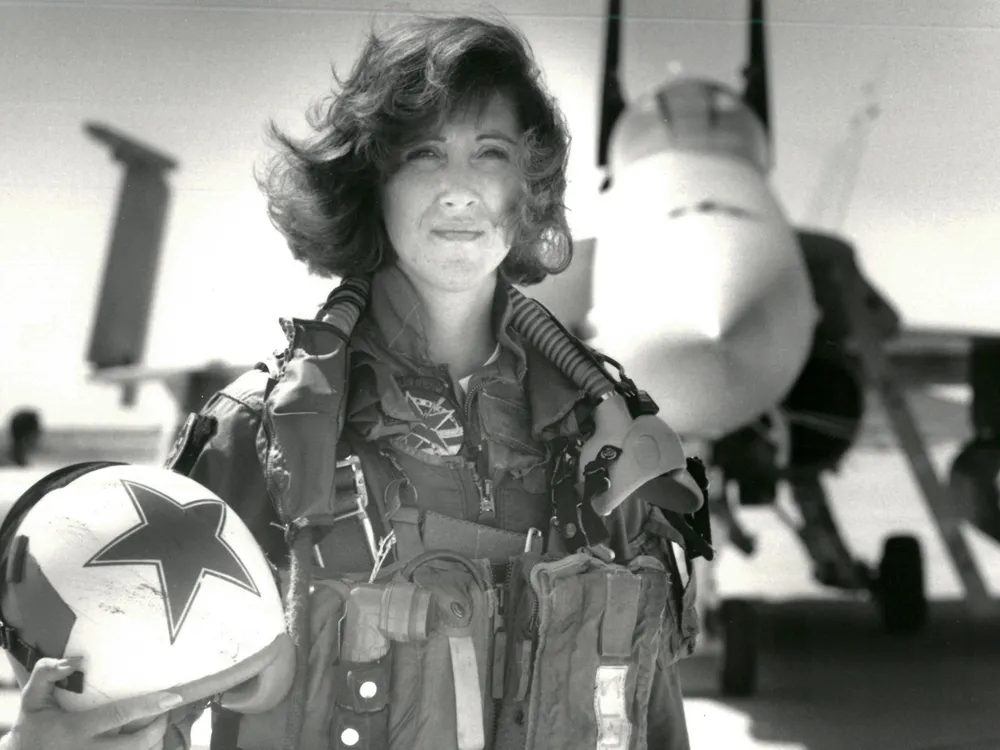
Tammie Jo Shults
Former Navy Fighter Pilot Who Safely Landed Southwest Flight 1380.
Breaking barriers in the male-dominated world of military aviation, Tammie Jo Shults became one of the first female pilots in the U.S. Navy to fly the F/A-18 Hornet, an aircraft previously off-limits to women.
After transitioning to commercial aviation, her skill and composure were put to the ultimate test on April 17, 2018. While commanding Southwest Flight 1380, an engine failure caused a rapid decompression at 32,000 feet. With calm precision, she executed an emergency descent and safely landed the aircraft, saving 148 lives.
Shults’ exceptional training, quick thinking, and nerves of steel made her a hero that day. But her story is also one of determination—of breaking through restrictions, proving her worth, and inspiring future generations of women to reach for the skies.
Think you know what it takes to become an airline pilot? Think again. Read our blog, Top 10 Myths About Becoming an Airline Pilot.
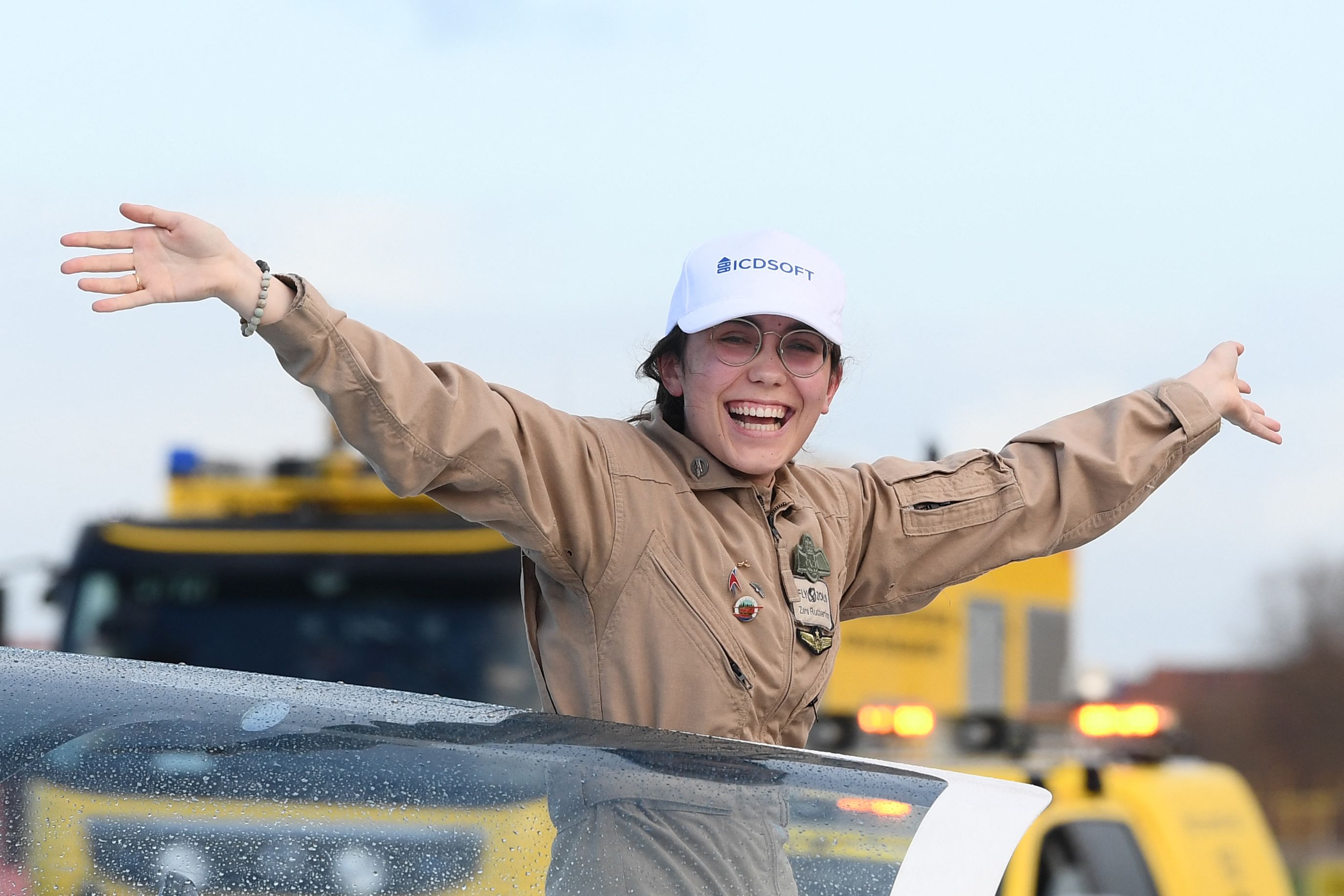
Zara Rutherford
Youngest Woman To Fly Dolo Around the World.
At just 19 years old, Belgian-British pilot Zara Rutherford made history as the youngest woman to fly solo around the world, completing a 52,000km journey across 31 countries and five continents.
A five-month journey began in Kortrijk, Belgium, on 18 August 2021, and ended on 20 January 2022. Flying a Shark Aero, one of the fastest lightweight aircraft, she faced extreme weather, freezing temperatures, thunderstorms, and airspace restrictions. Siberia was the toughest leg, where temperatures dropped to -35°C, leaving her hours away from rescue in case of an emergency. She also navigated wildfires in California, smog in India, and desert haze in Saudi Arabia.
Despite setbacks, she achieved multiple records, including being the first woman to circumnavigate the globe solo in a microlight aircraft.
Rutherford hopes her journey will inspire more young women to pursue careers in aviation, science, and engineering, following in the footsteps of pioneers like Amelia Earhart and Valentina Tereshkova.
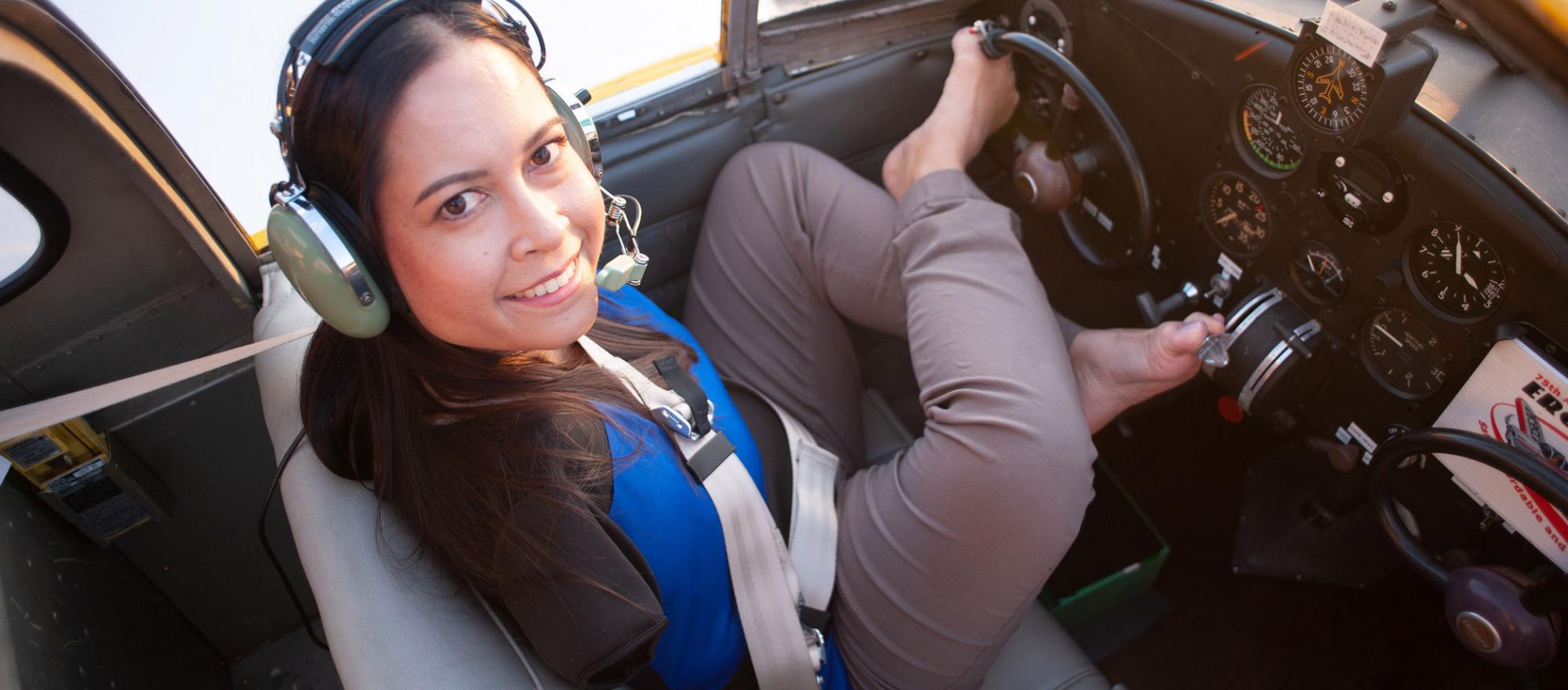
Jessica Cox
The First Licensed Pilot To Fly Without Arms.
Jessica Cox made history as the first licensed pilot without arms, proving that determination and adaptability can overcome any limitation. In 2008, Cox achieved what many thought impossible: she became a certified sport pilot, flying an ERCO Ercoupe, a small aircraft uniquely suited to her needs as it requires no foot pedals. She steers, controls the throttle, and even navigates radio communications entirely with her feet.
Beyond aviation, Cox is a motivational speaker, disability advocate, and role model, inspiring people worldwide to push past their perceived limits. Her story isn’t just about flying—it’s about redefining what’s possible and proving that barriers exist only if we let them.

Airhead's Takeaway
Today, women in aviation continue that legacy, inspiring the next generation to take to the skies. While challenges remain, progress is underway. Scholarships, mentorships, and policy changes are paving the way for more women in aviation. As more women enter the field, they become role models, fostering a cycle of inspiration and inclusion. The future of aviation is becoming more diverse, and with continued efforts, the skies will be open to all.


